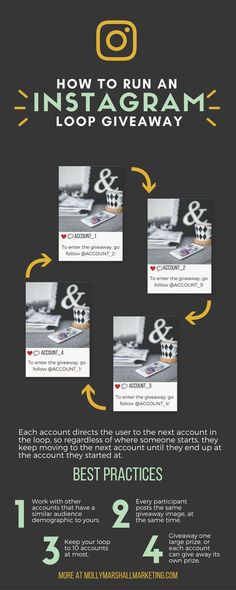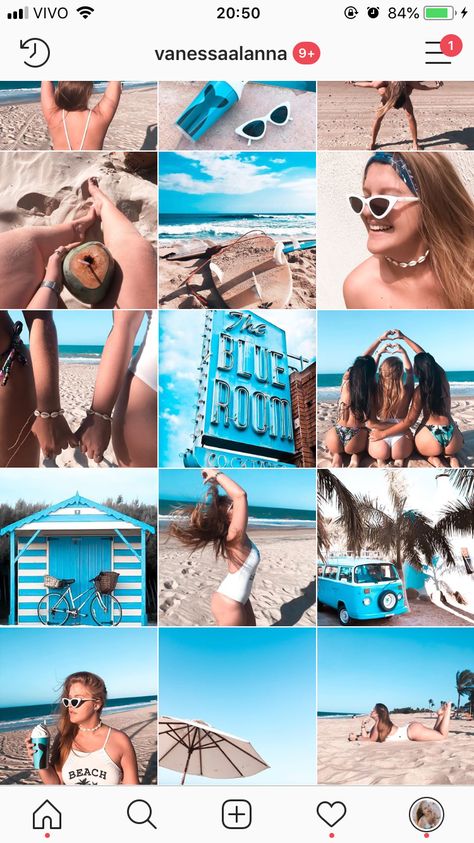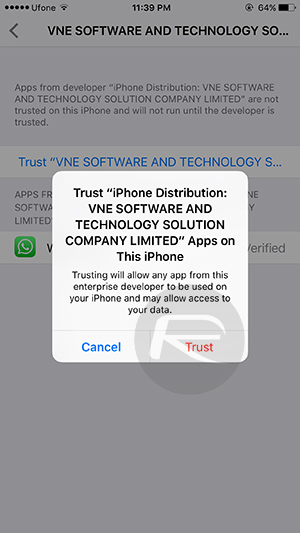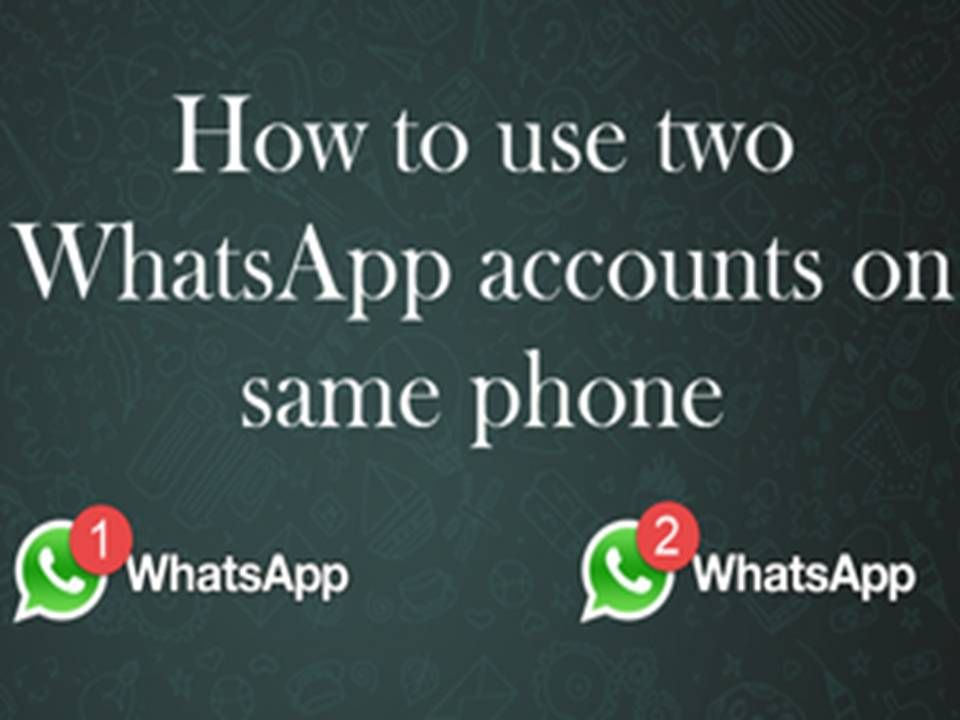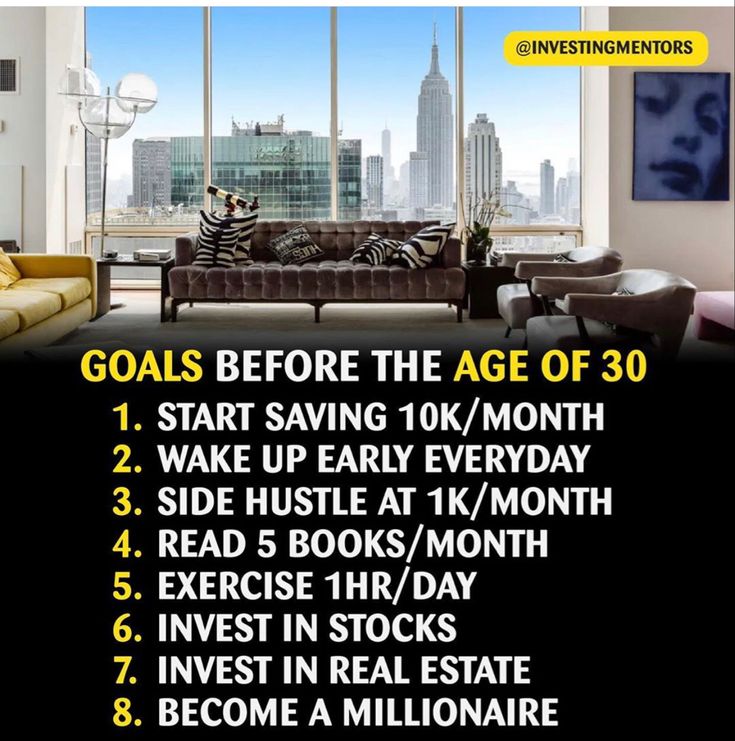How to run campaign on instagram
The Complete Guide to Advertising on Instagram
So you’re running paid search and display ads through Google, you’re advertising on Facebook, LinkedIn, Twitter, and even some niche industry-related social sites. Perhaps you’re even running some guerilla advertising campaigns, or commercials through NPR. But for some strange reason, you dismissed Instagram, unsure if it would yield ROI.
Well, I’m here to inform you that today is not the day to ignore Instagram! While Instagram may be younger, with fewer users, than its parent company Facebook, Instagram is the breakout star of the family who everyone wants to sit next to at the Thanksgiving table. Instagram provides a platform to tell visual stories through various ad formats, and many advertisers have seen this channel yielding higher ROI in comparison to their other advertising campaigns.
Today Instagram has 800 million active users, according to Statista, and the rate of rapid growth it has seen since 2013 is pretty astounding. Just check out the graph below.
But with so many active folks scrolling through their feeds at all hours of the day, how in the world can a little business like yours stand out?
This is where Instagram advertising comes into play. Similar to Facebook, with popularity comes clutter, and breaking through that clutter organically to make a real impact can feel nearly impossible. To focus on the right people, at the right time, with the right message and imagery, Instagram ads are your powerful vehicle to do just that…
In this guide you’ll learn everything you need to know to get started with an Instagram advertising campaign.
<<Short on time? Get our free All-Star Playbook to Online Advertising, to read later.>>
What Is Instagram Advertising?
Instagram advertising is method of paying to post sponsored content on the Instagram platform to reach a larger and more targeted audience. While there are many reasons a business or individual may decide to advertise, Instagram advertising is often utilized to grow brand exposure, website traffic, generate new leads, and move current leads down the funnel (and hopefully towards converting).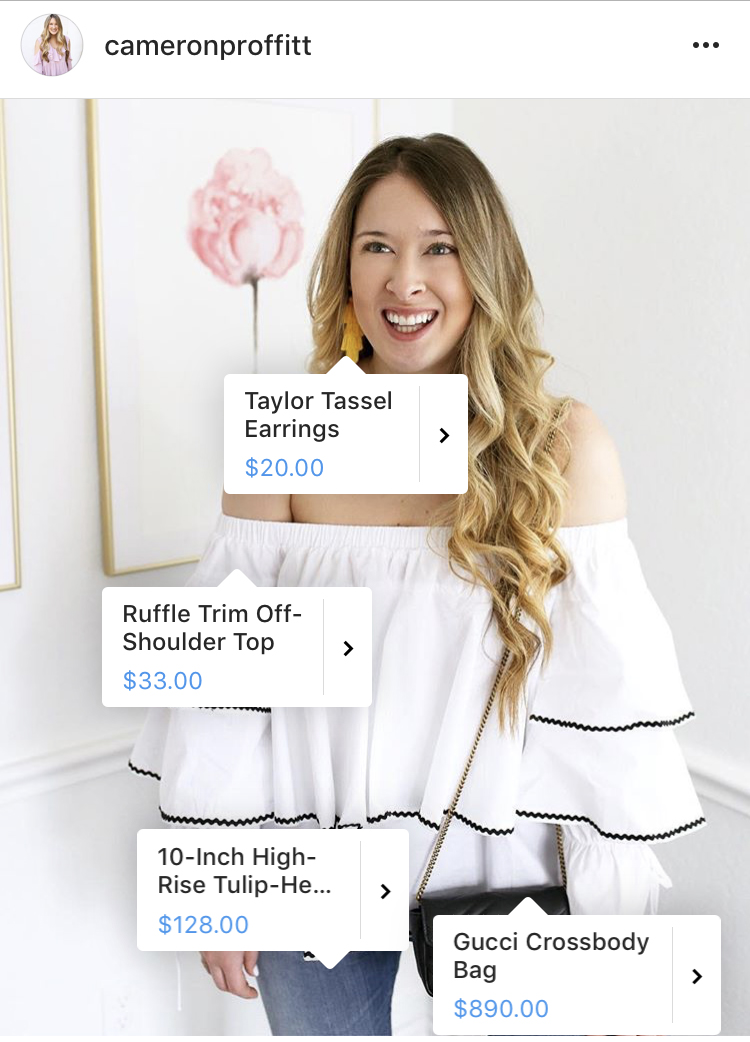
Since Instagram is such a visual platform, text ads are not a thing here. Rather you need an image, set of images, or video (which can be accompanied by text) to reach your audience with Instagram ads.
The exciting part? Instagram advertising works! In March 2017, over 120 million Instagrammers visited a website, got directions, called, emailed, or direct messaged to learn about a business based on an Instagram ad. According to Instagram, 60% of people say they discover new products on the platform, and 75% of Instagrammers take action after being inspired by a post.
Similar to Facebook ads, throwing some money behind a post will lead to more exposure for your brand, as well as more control over who can see your post.
For more fun facts about Instagram, check out this post.
Is Instagram Advertising Right for Your Business?
This leads to the obvious question: Who is on Instagram? Is it just teenagers taking selfies? Or 20-somethings looking for recipes? What about older populations? Are they “gramming” their grandchildren?
Unfortunately for all you marketers targeting the grandparent demographic, Instagram does tend to skew towards a more youthful audience, with the largest percentage of users falling in the age range of 18-29 (55%), then between 30-49 years-old (28%). Only 11% of Instagram users are between the ages of 50-64, and just 4% are adults over 65.
Only 11% of Instagram users are between the ages of 50-64, and just 4% are adults over 65.
According to Hootsuite, the majority of Instagram users live in urban areas (32%), 28% of users live in the suburbs, and 18% of users in the country. While there are more women on Instagram than men, the gender gap is not as large as it once was.
If this doesn’t sound like the audience you’re targeting, you still should not dismiss the social network as a useless opportunity. Similar to what happened with Facebook, more and more adults over 34 will likely be hopping on the Instagram bandwagon as the platform continues to grow. Also, if you are working with the 4% of adults over 65, you can always target that demographic directly…
Via Jenn’s Trends
Similar to many other social advertising platforms, Instagram gives you the granular control to target specific genders, age ranges, locations, interests, behaviors, and more. You can even target a custom or lookalike audience so you’re showing ads only to your direct list of leads or those who have a similar makeup.
What advertisers should really latch onto is the fact that Instagram uses Facebook’s demographic data to serve up ads to the appropriate parties. This makes the tool super valuable for advertisers looking to target a niche audience, because Facebook already has a thorough history and thorough demographic targeting options.
Instagram advertising can be especially powerful if you’re in a visual or creative industry, such as the restaurant business or craft marketing.
How Much Do Instagram Ads Cost?
This is a tricky question to answer, as costs are based on a variety of factors, and as you may have suspected these factors are not all revealed to us by the platform. The model is based on CPC (cost-per-click) and CPM’s (cost per impressions), and prices are determined according to Instagram’s ad auction.
“The cost of Instagram ads are influenced by many factors — everything from your audience to your ad feedback,” says Andrew Tate from AdEspresso.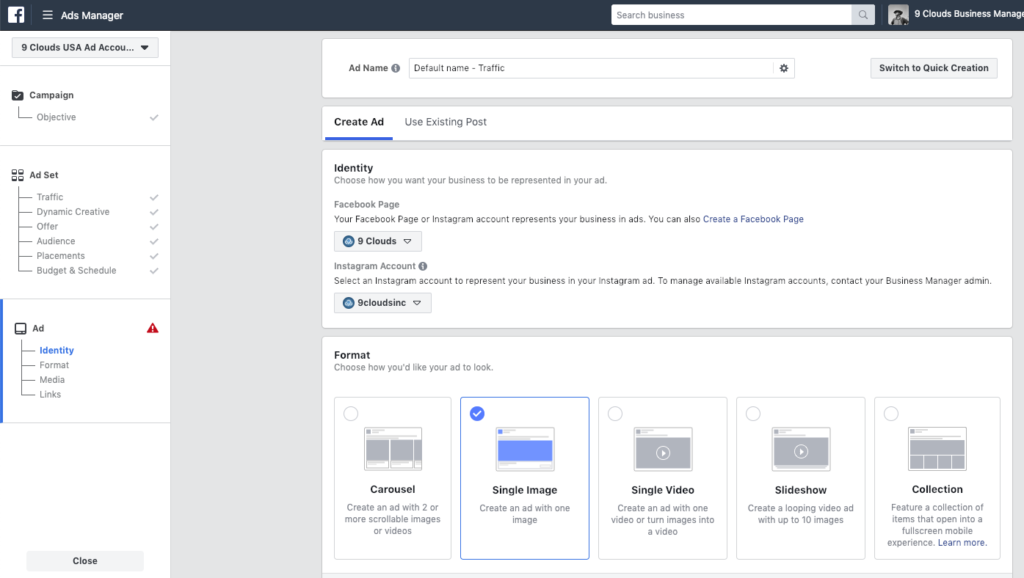 “There’s a lot that goes into understanding how to advertise on Instagram.”
“There’s a lot that goes into understanding how to advertise on Instagram.”
AdEspresso recently dug into $100 million worth of Instagram ad spend in 2017, and found that the average cost per click (CPC) for Instagram ads in Q3 ranged between $0.70 and $0.80. While this is a helpful benchmark it will of course vary depending upon the auction, audience, competition, time of day, day of week, etc.
Some advertisers find that Instagram ads often have higher engagement, but this can cost them. According to Keith Baumwald, founder of Leverag Consulting, Instagram ads costs are slightly higher in cost than Facebook ads. Baumwald claims that since the ads are so highly targeted you could end up paying as high as $5 a CPM.
On the bright side, advertisers do have control over how their budgets are allocated. For instance, you can choose between a daily budget to limit the amount spend per day or a lifetime budget where you would set up your ads to run for a length of time until the budget is depleted.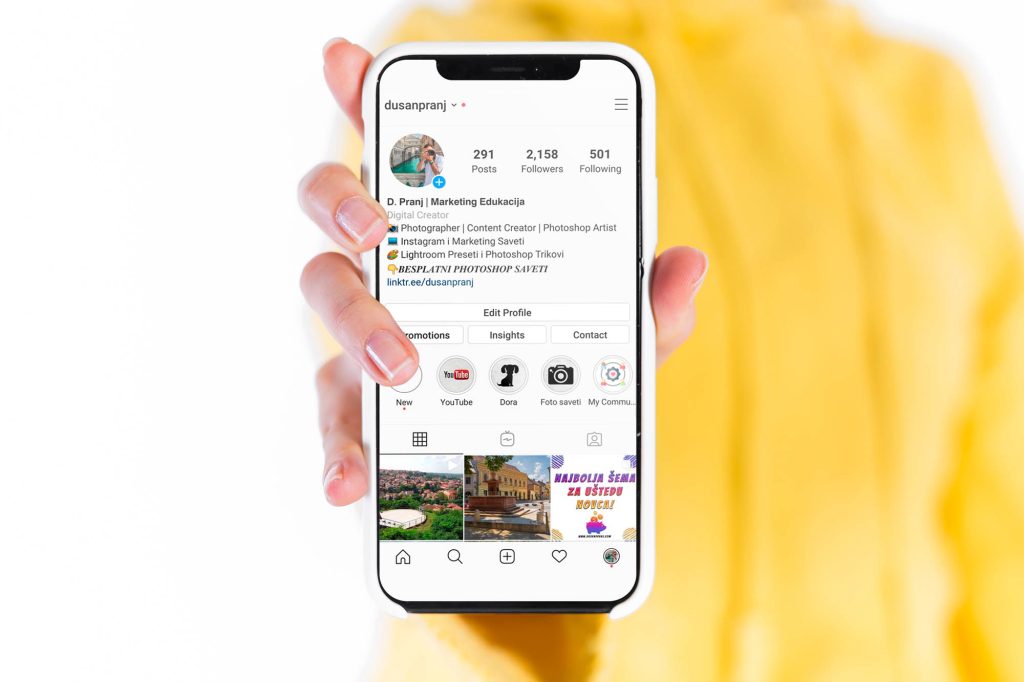
Other ways to control your Instagram ad spend include setting your ad schedule (for instance, you can specify certain hours of the day you want your ads to run), setting your ad delivery method (there are three options: link clicks, impressions, and daily unique reach), as well as setting your bid amount (manual vs. automatic).
6 Easy Steps to Start Advertising on Instagram
Learning the ins and outs of a new advertising platform might seem overwhelming at first. The good news here is that if you’re advertising on Facebook, there isn’t much to learn. In fact, Instagram ads can be configured right through Facebook Ad Manager.
If you’re not advertising on Facebook, don’t fret. We’ll walk you through the process below, and there is also the option to create some simple ads directly within the Instagram app.
Advertisers who are more advanced or running a relatively large ad set can also chose to configure their ads through Power Editor or Facebook’s Marketing API.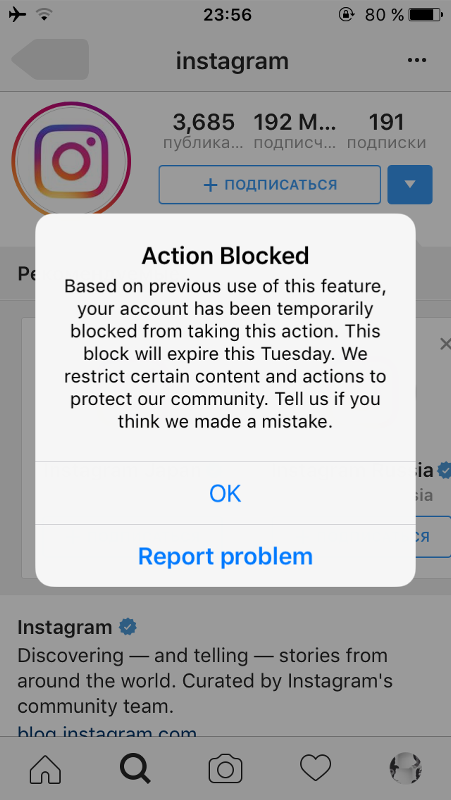 Instagram Partners is also available for businesses who need to buy and manage multiple ads, manage a large community, and deliver content at scale.
Instagram Partners is also available for businesses who need to buy and manage multiple ads, manage a large community, and deliver content at scale.
For this post, we’ll focus on creating ads through Facebook Ad Manager, which is the most common method due to its ease-of-use and the ability to customize these ads to a higher degree than what is possible within the app itself. While configuring Instagram ads is not overly complex, there are quite a few steps to be aware of. Starting with…
1. Navigate to Facebook’s Ad Manager
To navigate to ad manager within Facebook, simply follow this link, assuming you’re logged in to the appropriate Facebook account.
Note: There is no specific Ad Manager for Instagram; Instagram ads are managed through the Facebook Ads UI.
2. Set Your Marketing Objective
Now for the fun part, choosing your campaign goal. Luckily, the goals are named in a self-explanatory manner. Need more traffic? Select the traffic goal.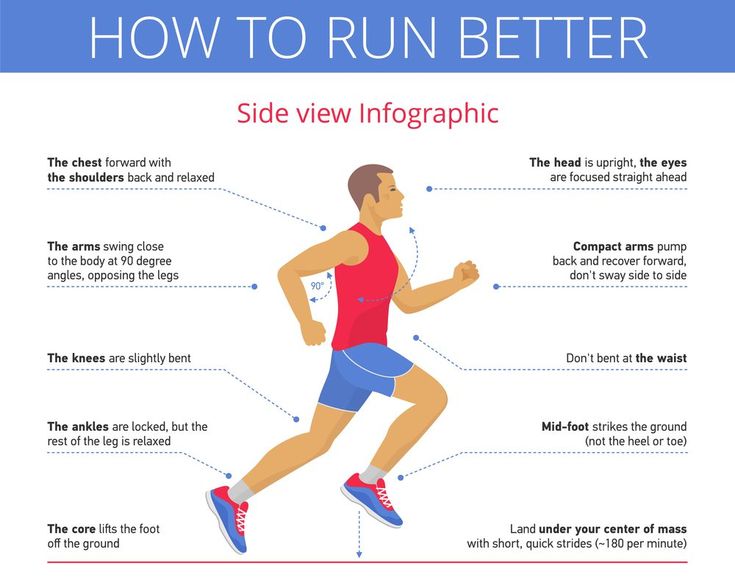 Looking to increase brand awareness? Choose the brand awareness goal. You get the gist.
Looking to increase brand awareness? Choose the brand awareness goal. You get the gist.
One thing to be aware of is that Instagram ads only work with the following goals:
- Brand awareness
- Reach
- Traffic (for clicks to your website or to the app store for your app)
- App installs
- Engagement (for post engagement only)
- Video views
- Conversions (for conversions on your website or app)
While these goals are intuitive, some come along with a few additional configuration steps, which I’ll run through for you.
Brand awareness: Take an extra-long lunch. No extra steps here! This is the most standard goal that will try to show your ads to more potential people likely to be interested. How does Instagram determine this? It’s a secret, but this goal will likely expose some new and relevant folks to your brand.
Reach: If reach is what you’re looking for (as in maximizing how many people see your ads) then you’ll just need to be sure to select your Instagram account when creating the ad itself.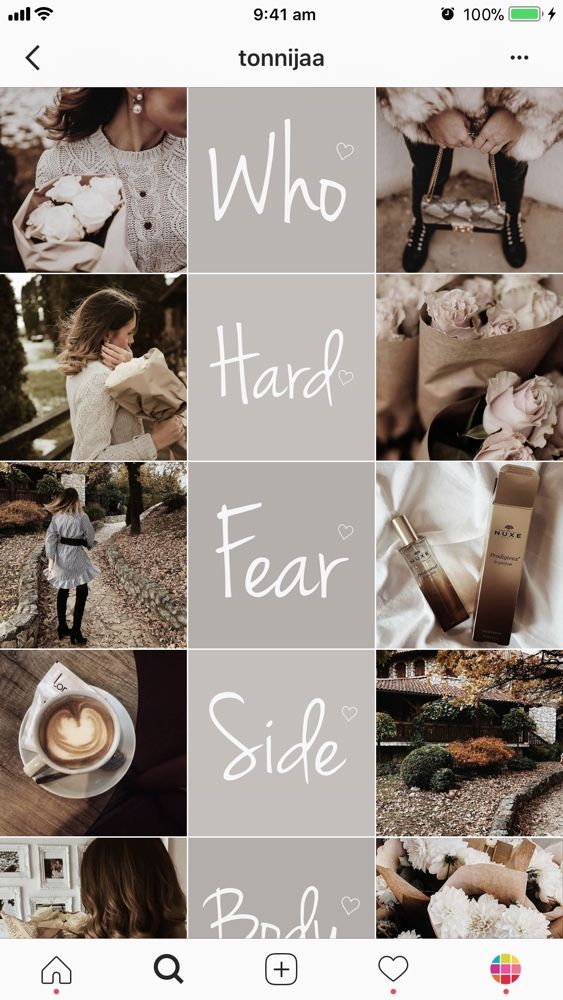 It’s also worth noting that if you’re looking to run an Instagram Story ad “reach” is currently the only objective you can chose. The cool thing about this goal is that you can take advantage of Facebook’s split testing feature, which allows you to split test two ads to see which one yields more installs. NOTE: Split testing is also available for Traffic, App Installs, Video Views, Lead Generation, and Conversion goals.
It’s also worth noting that if you’re looking to run an Instagram Story ad “reach” is currently the only objective you can chose. The cool thing about this goal is that you can take advantage of Facebook’s split testing feature, which allows you to split test two ads to see which one yields more installs. NOTE: Split testing is also available for Traffic, App Installs, Video Views, Lead Generation, and Conversion goals.
Traffic: If you’re looking to send more people to your website or app store to download your app, this is the appropriate goal for you. The only additional steps you’ll need to take is choosing between those two options, then enter the URL of choice, and let the traffic jam in!
Engagement: Who doesn’t want more likes, shares, and overall engagement? If your goal is engagement, one thing to note is that you currently can only pay to play for “post engagement” on Instagram. Facebook will allow you to pay for “page engagement” and “event responses,” but this is not currently available to Instagram.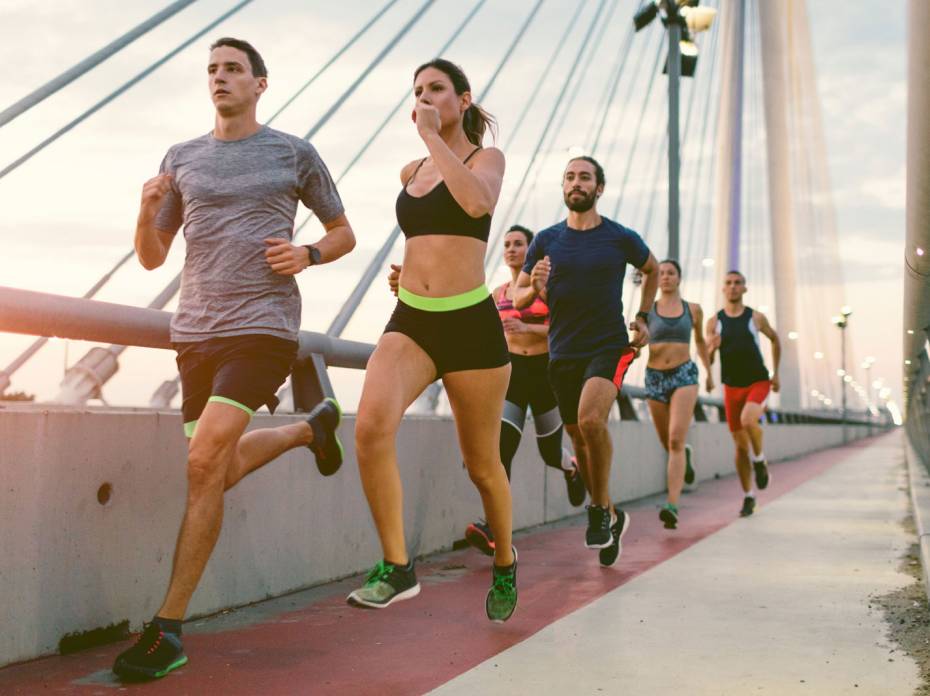
App Installs: If your main goal is app installs, you’ve come to the right place. To configure this you’ll need to choose your app from the app store during set-up.
Video Views: Videos are often an investment of time and money, so not promoting your video on Instagram would be like buying a plane ticket to Hawaii, and leaving it in your desk. Luckily, this goal is very straightforward, and doesn’t require additional setup steps.
Lead Generation: Who doesn’t want more leads? If that is your main goal this objective is for you. Just note that lead generation ads do not provide all of the same pre-filled fields as Facebook. Instagram currently only supports email, full name, phone number, and gender. These ads also have more of a barrier than Facebook lead generation ads, since when leads click to open the ad they’ll need to click through to fill out their information. On Facebook, leads can fill out their information without all the additional clicking.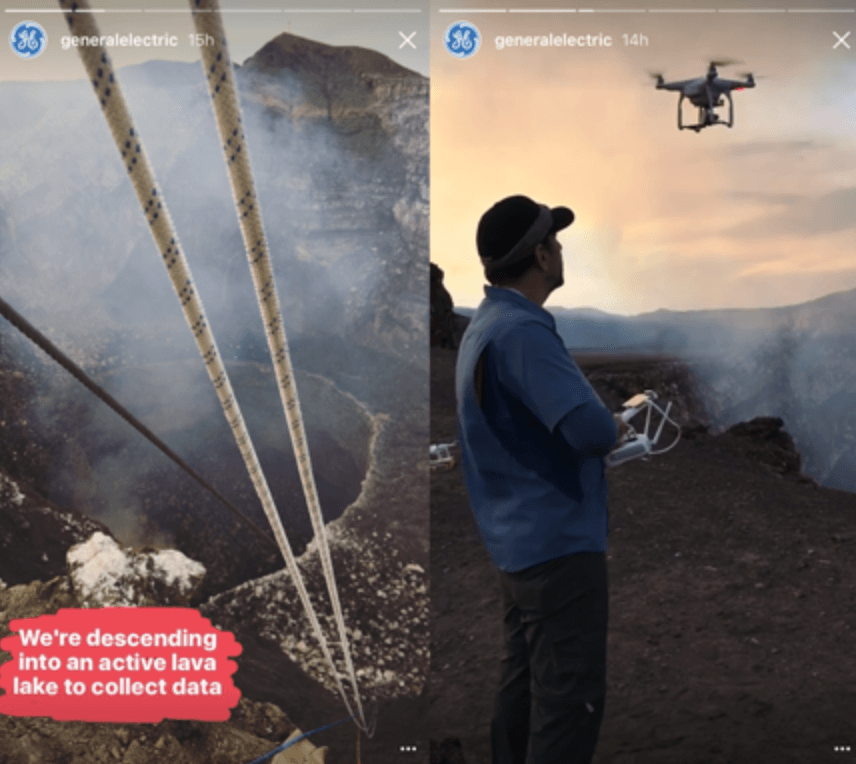 The other set-up piece is that you’ll need to create a lead form when creating your ad. If you’re interested in learning more about lead ads check out this post.
The other set-up piece is that you’ll need to create a lead form when creating your ad. If you’re interested in learning more about lead ads check out this post.
Conversions: Last, but certainly not least, we have conversions. This goal allows you to drive your leads to take action and convert on your website or within your app. The additional set-up here requires you to configure either a Facebook pixel or app event based on the website or app you’re looking to promote; this will allow you to track conversions.
3. Configure Your Target Audience
Now that you’ve selected your objective, you need to target the appropriate audience to get your ads in front of the right people. This is the true beauty of Instagram ads since you’ll be using Facebook’s depth of demographic knowledge to reach the right people.
If you’ve done this for Facebook ads before you likely already have several audiences built, and are quite familiar with the process. If you’re new to this process here’s a run-down of your targeting options, which you can layer to get a precisely targeted audience.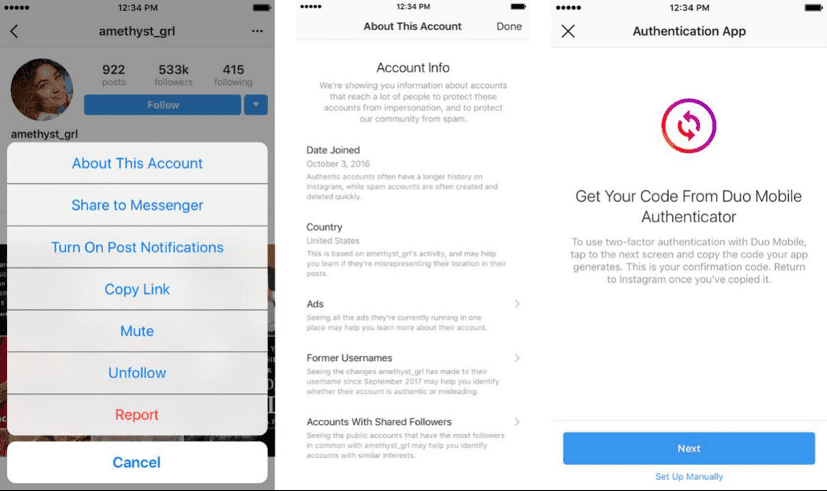 (For instance if you want to target women, in New York, between the ages of 19 and 65, who are interested in yoga and health food, you can do just that!)
(For instance if you want to target women, in New York, between the ages of 19 and 65, who are interested in yoga and health food, you can do just that!)
Location: Whether you want to target a country, region, state, city, zip code, exclude or include certain places, location targeting will allow you to do all of this and more.
Age: Allows you to target ranges from age 13 to 65+
Gender: Choose between all, men, or women
Languages: Facebook recommends leaving this blank unless the language you’re targeting is not common to the location your targeting.
Demographics: Under “Detailed Targeting” you’ll find demographics, which has several sub-categories with even more sub-categories under those. For instance, you can target “Demographics” > “Home” > “Home Ownership” > “Renters.”
Interests: Interests is also under “Detailed Targeting” with multiple sub-categories to dig into.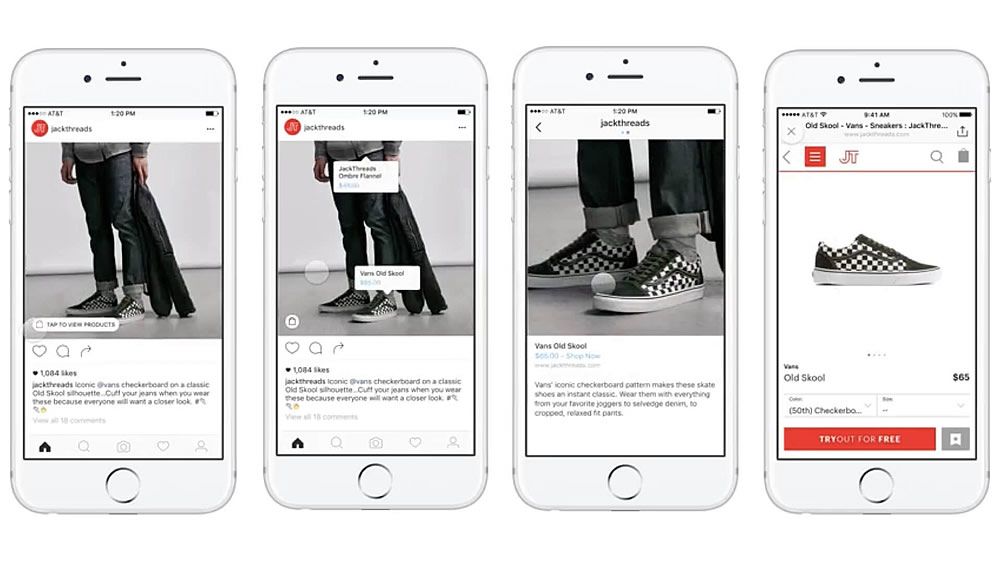 For instance, if you’re looking for people interested in distilled beverages, science fiction movies, and aviation, those options are available for you!
For instance, if you’re looking for people interested in distilled beverages, science fiction movies, and aviation, those options are available for you!
Behaviors: And yet another “Detailed Targeting” option with multiple sub-categories to explore. Whether it be purchasing behaviors, job roles, anniversaries, or other behaviors the options seem endless.
Connections: Here you’ll be able to target people connected to your page, app, or event.
Custom Audience: Custom audiences let you upload your own list of contacts allowing you to target leads already in your pipeline or customers who you’re looking to upsell.
Lookalike Audience: If your custom audience is tapped to their potential, create a lookalike audience. This will allow Instagram to find people who have similar traits to your other audiences.
Once you’ve configured your audience, Facebook will also provide you with a guide to how specific or broad your audience is (like the one below).
This is an important tool to pay attention to, because you want to strike a balance of your audience not being too huge (since it’s likely not targeted enough), but also not being too specific (in the red zone), since there may not be many people (if any) to reach with so many layered targets.
4. Choose Your Placements
Now that you’re targeting your ideal demographic, it’s time to choose your placements! This is critical if your goal for a campaign is to only show ads on Instagram. If you choose to ignore this step, Facebook will allow your ads to appear on both platforms.
This isn’t necessarily a negative thing, but if you have content that you’ve created specifically for Instagram, you should select “Edit Placements” here.
From here you can specify Instagram as a placement, as well as if you’d like these ads to appear in the feed and/or the stories section of the platform.
5. Set Your Budget and Ad Schedule
If you are familiar with how budgets work through Facebook, AdWords, and other digital advertising platforms, this step should not be overly challenging for you. If not, then take a deep breath; while you might not know exactly where to set your daily or lifetime budget when running your first Instagram ad campaign, this comes with trial and error, as well as experience. And the good thing is you have the control to pause or stop your campaign at any time if you feel your budget is not being properly allocated.
If not, then take a deep breath; while you might not know exactly where to set your daily or lifetime budget when running your first Instagram ad campaign, this comes with trial and error, as well as experience. And the good thing is you have the control to pause or stop your campaign at any time if you feel your budget is not being properly allocated.
So should you go daily or lifetime? While I typically lean towards daily budgets since it guarantees your budget won’t be spent too quickly, lifetime budgets allow you to schedule your ad delivery, so there are pluses and minuses to both options. I would also advise exploring the advanced options pictured below. For instance, if you bid manually you’ll have the control to decide how much each lead is worth to you.
As mentioned above, you can also run an ad schedule to target specific times of day and days of the week when you know your audience is most active on the platform. This is a super valuable way to optimize your budget.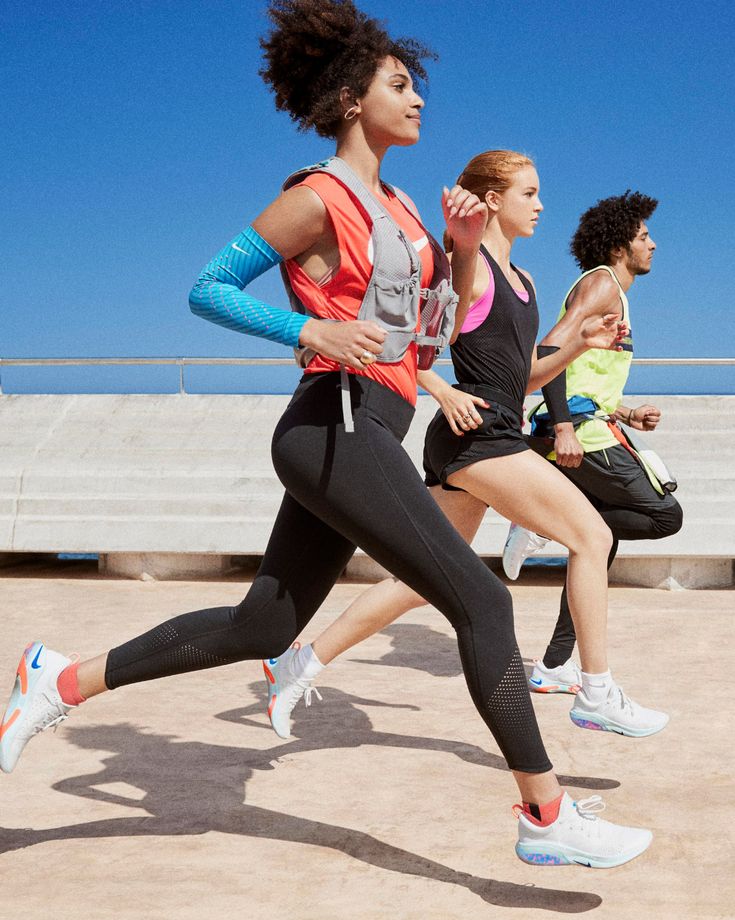 As a reminder, this is only available for those using a lifetime budget.
As a reminder, this is only available for those using a lifetime budget.
6. Create Your Instagram Ad
Now it is time to create your Instagram ad!
Hopefully after taking the steps above you already have some content in mind for the ad you are looking to promote. This part of the set-up may look different depending upon your campaign objective, but you’ll always have a few ad format options to choose from. So as a next step, let’s discuss the various ad formats available.
Instagram Ad Formats
If you are a bad decision-maker, you may want to brace yourself. Instagram has six ad formats to choose from. (This is way fewer than Facebook!) Two of those are for Instagram stories, which appear at the top of the feed in a manner similar to Snapchats. The other four are formats designed for the Instagram feed, which are more commonly used by advertisers.
#1. Image Feed Ads
This is your most standard ad format, and likely the one you see most often scrolling through your own feed. These ads are single images that will appear as a native experience as your target lead is scrolling through their feed. The lovely thing about these ads is that they don’t feel like ads, especially when done well.
These ads are single images that will appear as a native experience as your target lead is scrolling through their feed. The lovely thing about these ads is that they don’t feel like ads, especially when done well.
Here are some additional details to be aware of:
Technical Requirements
- File type: jpg or png
- Maximum file size: 30MB
- Minimum Image Width: 600 pixels
- Image Ratio: 4:5 minimum, 16:9 maximum
- Text length: 2,200 maximum (*although Instagram recommends staying below 90 for optimal delivery)
- Hashtag Number: 30 maximum (*you can add additional in the comments)
Supported Objectives
- Reach
- Traffic
- Conversions
- App Installs
- Lead Generation
- Brand Awareness
- Post Engagement
- Product Catalog Sales
- Store Visits
Supported Call-to-Action Buttons
- Apply Now
- Book Now
- Call Now
- Contact Us
- Get Directions
- Learn More
- Get Showtimes
- Download
#2.
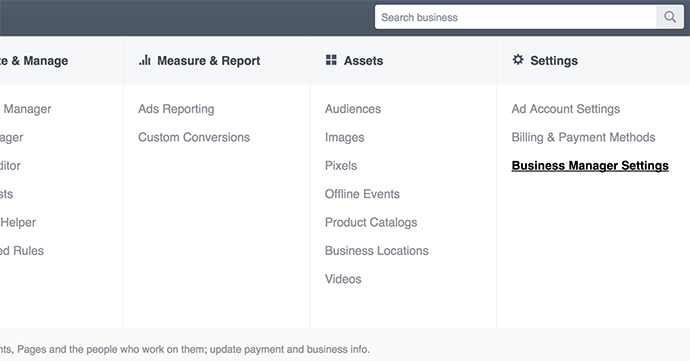 Image Story Ads
Image Story AdsSame concept as above, but these are for Instagram stories! Instagram Story ads details below:
Technical Requirements
- Image Ratio: 9:16 recommended
- Minimum Image Width: 600 pixels
Supported Objectives
- Reach
- Traffic
- Conversions
- App Installs
- Lead Generation
Supported Call-to-Action Buttons
- Apply Now
- Book Now
- Contact Us
- Download
3. Video Feed Ads
Bring your ad to life with a video! If you’ve put the time in to make a quality video, then you should absolutely be promoting it through your Instagram feed.
While most video files are supported by Instagram, they recommend using H.264 compression, square pixels, fixed frame rate, progressive scan, and stereo AAC audio compression at 128kbps+ (PRO TIP: if your video is not meeting these requirement you can always run it through the video transcoder, Handbrake, to make these adjustments).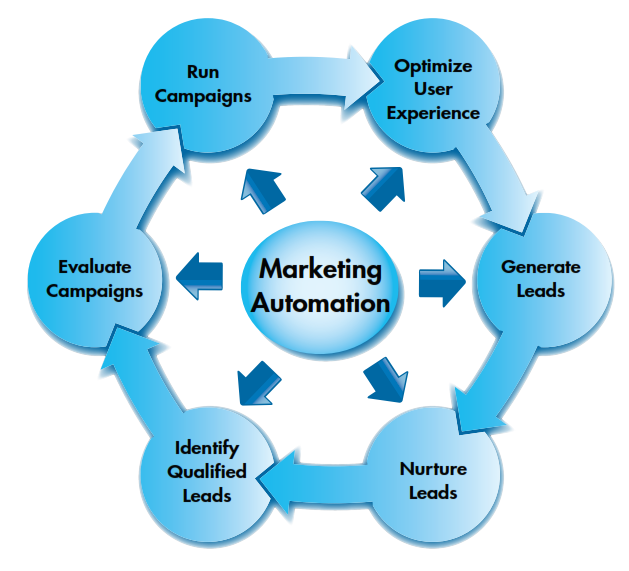
Technical Requirements
- Video Resolution: 1080 x 1080 pixels (at least)
- Maximum file size: 4GB
- Video Ratio: 4:5 minimum,16:9 maximum
- Video Duration: 60 seconds maximum
- Video Captions: optional
- Image Ratio: 4:5 minimum, 16:9 maximum
- Text length: 125 characters maximum recommended
- Hashtag Number: 30 maximum (*you can add additional in the comments)
Supported Objectives
- Reach
- Traffic
- Conversions
- Lead Generation
- Brand Awareness
- Post Engagement
- Store Visits
Supported Call-to-Action Buttons
- Apply Now
- Book Now
- Call Now
- Contact Us
- Download
#4. Video Story Ads
This is another great place to run video ads, because stories are where users often expect to see videos, so the “selling” part of advertising doesn’t feel as forced.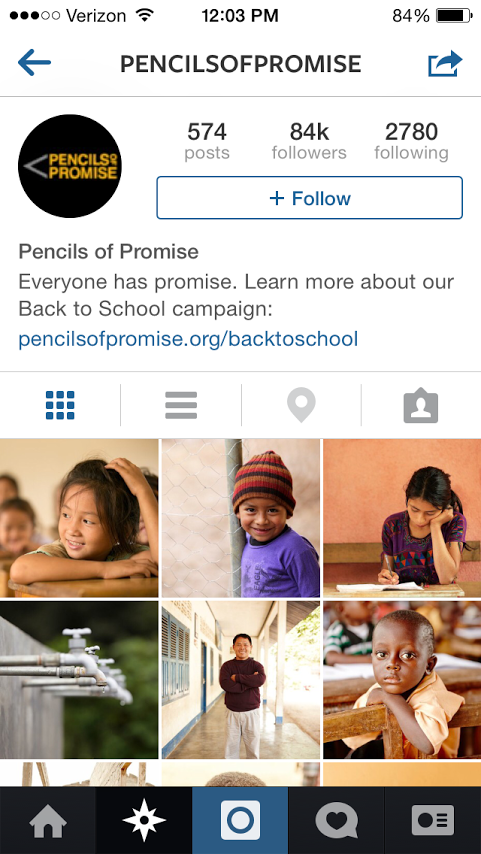 The recommended video specs for uploading are the same as listed above, and here are some additional details to keep in mind!
The recommended video specs for uploading are the same as listed above, and here are some additional details to keep in mind!
Technical Requirements
- Video Resolution: 1080 x 1920 pixels (at least)
- Maximum file size: 4GB
- Video Ratio: 9:16 maximum
- Video Duration: 15 seconds maximum
- Video Captions: not available
Supported Objectives
- Reach
- Traffic
- Conversions
- Lead Generation
- App Installs
Supported Call-to-Action Buttons
- Apply Now
- Book Now
- Call Now
- Contact Us
- Download
#5. Carousel Feed Ads
Next we have carousel feed ads. How fun are these! This format allows you to show a series of scrollable images rather than just one single image.
This ad type is great for very visual brands, like those in the food industry, furniture sellers, clothing options, vacation destinations, car dealerships, etc.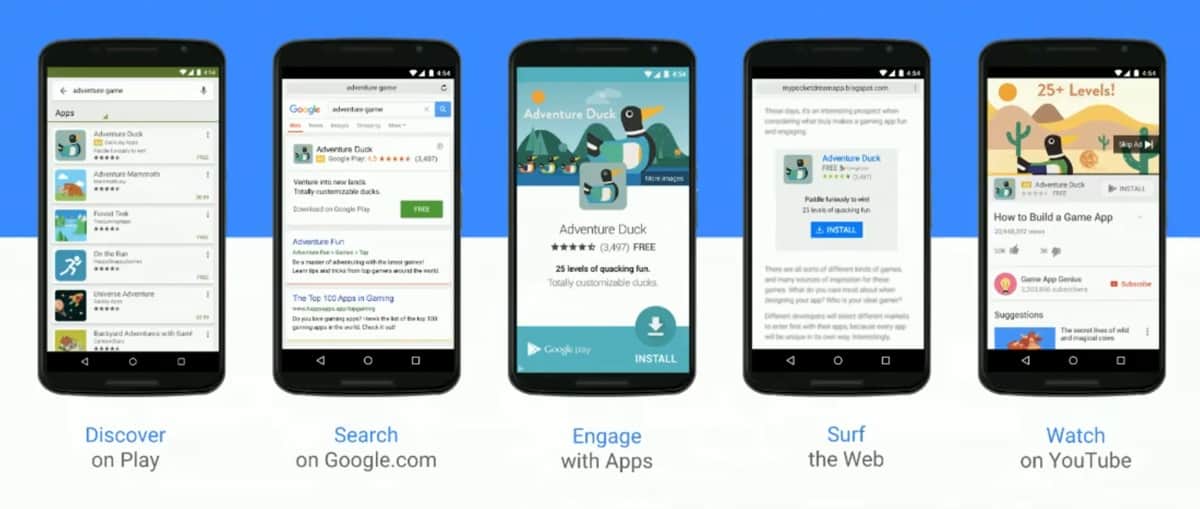 But they’re not only for “sexy” businesses; they can also work to humanize your brand or show off your culture by showing the people behind your software or financial company.
But they’re not only for “sexy” businesses; they can also work to humanize your brand or show off your culture by showing the people behind your software or financial company.
The carousel format allows you to choose from up to 10 images within a single ad, each with its own link. Video is also an option for these ads.
Technical Requirements
- File type: jpg or png
- Maximum file size: 30MB
- Minimum Image Width: 600 pixels
- Image Ratio: 4:5 minimum, 16:9 maximum
- Text length: 2,200 maximum (*although Instagram recommends staying below 90 for optimal delivery)
- Video Duration: 60 seconds maximum
- Hashtag Number: 30 maximum (*you can add additional in the comments)
Supported Objectives
- Reach
- Traffic
- Conversions
- Brand Awareness
- Lead Generation
- Product Catalog Sales
Supported Call-to-Action Buttons
- Apply Now
- Book Now
- Contact Us
- Call Now
- Download
#6.
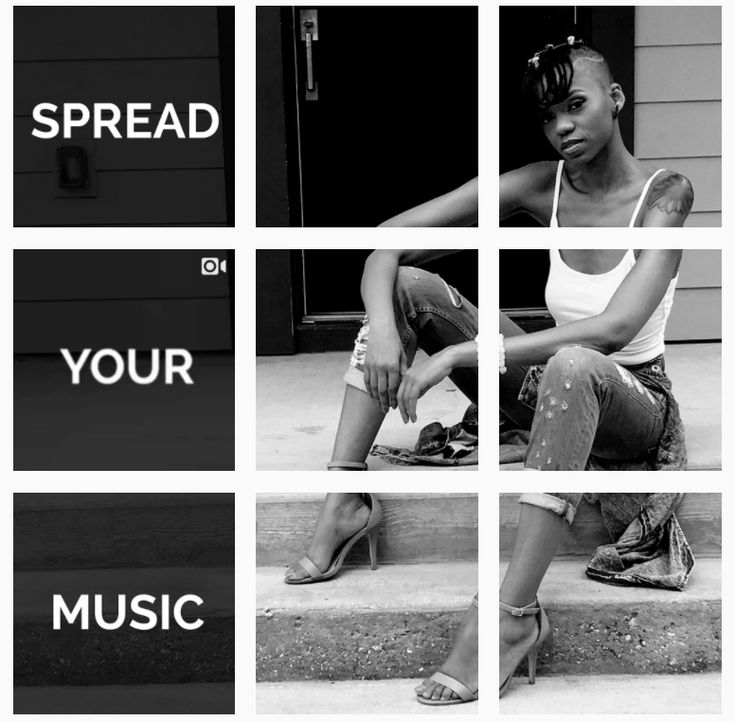 Canvas Story Ads
Canvas Story AdsAnd last, but definitely not least, we have the newest addition to the ad format family, Canvas ads. There ads are truly immersive, allowing advertising to create a 360 VR experience within their story. They’re only supported via mobile devices, and extremely customizable for the advertiser, but you will need some technical chops. These ads work with image, video, and carousel. Check out this guide to learn more about Canvas ads.
Technical Requirements
- Minimum Image Width: 400 pixels
- Minimum Image Height: 150 pixels
Supported Objectives
- Reach
- Brand Awareness
- Traffic
- Conversions
- Lead Generation
- Post Engagement
- Video Views
- Store Visits
Supported Call-to-Action Buttons
- Apply Now
- Book Now
- Contact Us
5 Instagram Advertising Best Practices
Now that you’ve got the basic principles of Instagram advertising down, it is time to get the highest ROI possible by following these Instagram best practices to create great Instagram ads.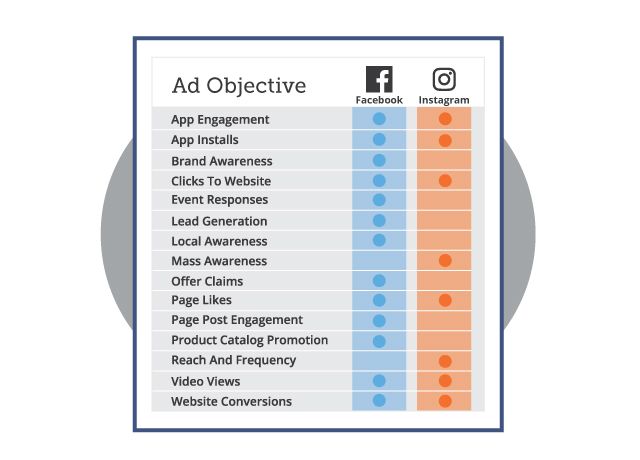
#1. Instill Each Ad with Personality
Whether it be a funny goof, an emotional video, or just an intriguing image showing off your culture, if your Instagram post doesn’t feel humanized then you will not reach your engagement potential.
People use Instagram to be entertained, amused, or amazed. Whether it’s while you’re on the train to work or when you are unwinding after a long day of work, no one is looking to hop on Instagram to see a boring corporate advertisement. This is why appealing to emotions is always the way to go. Check out this fun post from Shape Magazine as a perfect example.
#2. Make Sure Your Ad Is Contextually Relevant
What works with one social media platform won’t necessarily work with another. For instance, your business likely wouldn’t promote the same content through LinkedIn as they would through Twitter, as the audience is typically in a different state of mind.
The same goes for Instagram. Put yourself in your target buyer’s shoes and be aware of where they are. On Instagram, do you think your lead is likely to download and read your 40 page e-book? Probably not. Ensure your ads do not feel overly sales-driven because this isn’t typically what Instagram is used for.
On Instagram, do you think your lead is likely to download and read your 40 page e-book? Probably not. Ensure your ads do not feel overly sales-driven because this isn’t typically what Instagram is used for.
#3. Use Hashtags…
But don’t just hashtag #food or #love. Get more creative, and do some user research to see which hashtags are more likely to be searched for by your audience. Also, don’t overdo it with hashtags. This can make your post look a bit sloppy and desperate.
The ideal number? TrackMaven analyzed 65,000 posts and found that 9 hashtags is the ideal number for highest post engagement. They also found that longer hashtags often perform better.
#4. Run a Contest
Promoting a contest or giveaway is by far one of the most effective ways to reach your goals faster with Instagram advertising. Why? Because people love competition and free stuff! What better way to get your audience excited about your brand?
If you need some help with how to go about this, check out this awesome post on how to run an Instagram giveaway from WordStream’s very own Dan Shewan.
#5. Post at Optimal Hours
I spoke a bit about this during the budgeting step of Instagram ad-set up, but using the ad-schedule feature (which is only available with lifetime budgeting) is a great way to get people at the right time.
Via CoSchedule
If you know your audience well, this shouldn’t be too hard to determine, but trial and error can also work here. Think about your vertical. If you’re an online retailer, when do people typically shop for clothing online? Or if you’re a car dealership, what days of the week do you see the highest spike in website traffic? Asking these questions is a good place to start.
Without further ado, set forth and advertise on Instagram! This is one platform you should not ignore, and this guide should provide you with enough resources to become insta-famous.
Looking for more help? Check out:
- 24 Instagram Marketing Tools for More Followers, Likes & Sales
- The 15 Best Instagram Marketing Campaigns of the Year
- 10 Killer Instagram Marketing Tips for Brands
- The Complete Guide to Instagram Analytics
- 7 Ways to Boost Holiday Instagram Sales
22 Ways To Take Your Instagram Campaigns to the Next Level
Instagram’s 1.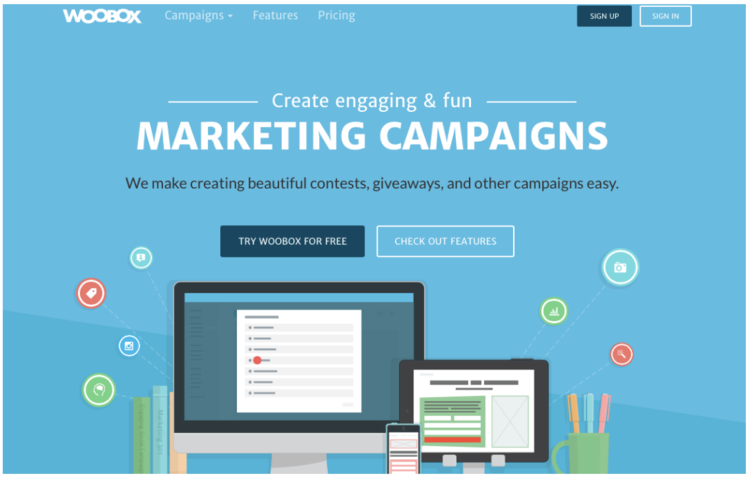 28 billion users spend roughly 11.2 hours per month on the platform. And 90% of users follow at least one business on the platform. But sometimes, your regular brand content isn’t enough to stand out. That’s where an Instagram campaign comes in.
28 billion users spend roughly 11.2 hours per month on the platform. And 90% of users follow at least one business on the platform. But sometimes, your regular brand content isn’t enough to stand out. That’s where an Instagram campaign comes in.
Instagram marketing campaigns can help you achieve a specific objective over a fixed period. In a campaign, all your content is aligned and focused on one particular target.
If your Instagram strategy is a slow and steady marathon, campaigns are like sprints. They use more energy over a shorter time and yield results and insights fast.
If you want to launch a product, connect with new customers or build your brand’s reputation, an Instagram campaign can help you achieve your goal.
Read on for 22 ways to level up your Instagram campaigns: 9 different campaign types, 8 tips for making an impact, and 5 examples to inspire your next campaign.
9 types of Instagram campaigns
8 tips for creating successful Instagram marketing campaigns
5 Instagram campaign examples
Bonus: Get the Instagram advertising cheat sheet for 2022.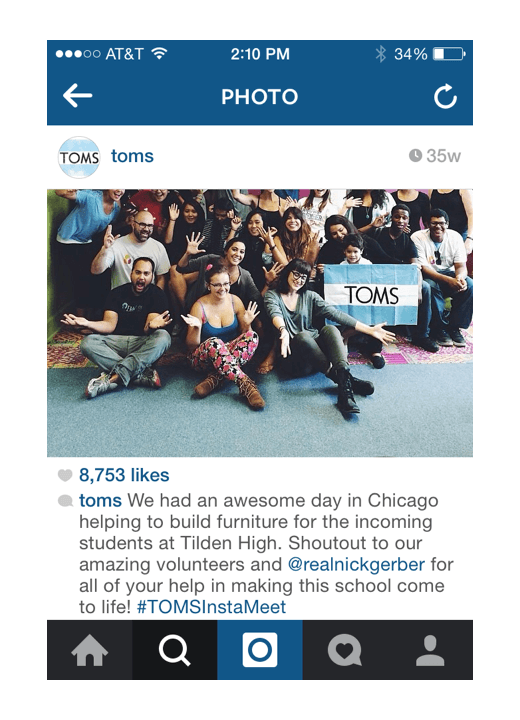 The free resource includes key audience insights, recommended ad types, and tips for success.
The free resource includes key audience insights, recommended ad types, and tips for success.
9 types of Instagram campaigns
An Instagram campaign is when Instagram business profiles share content designed to achieve a marketing goal. That goal could be general, like increasing brand engagement. Or it could be more specific, like generating a certain number of purchases.
There are several broad types of Instagram marketing campaigns. Each one is best for achieving different goals. Here are nine of the most common Instagram marketing campaigns to get you started.
Awareness campaign
During an awareness campaign on Instagram, you aim to increase the visibility of your business, product, or service. For emerging brands, this could be a campaign to showcase what’s distinct, exciting, and exceptional about your brand.
The more users that remember your brand, the more likely they are to choose you when it’s time to buy.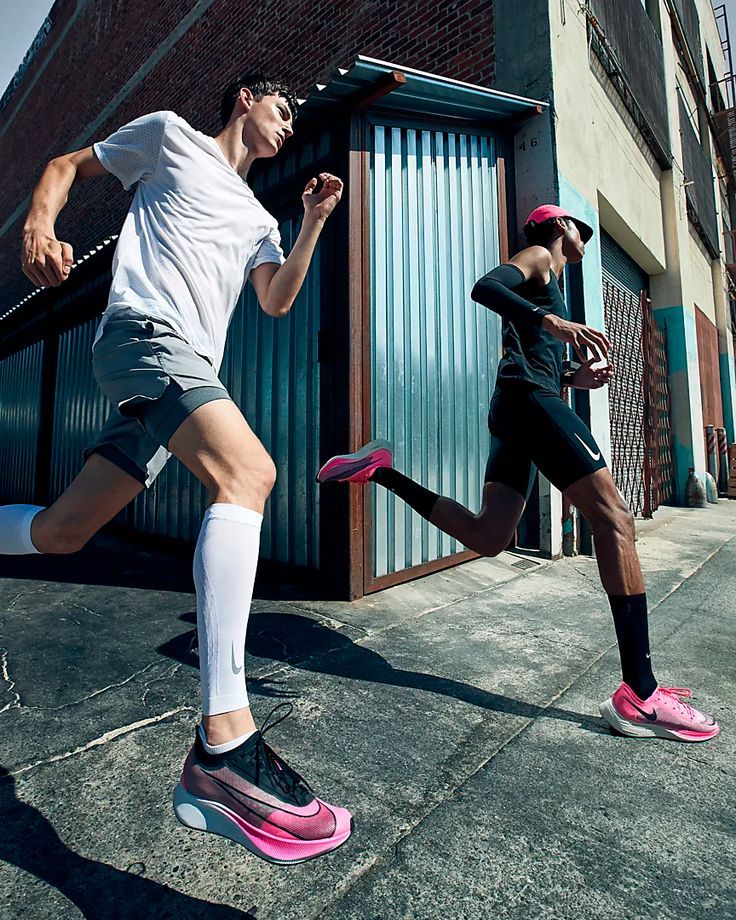
Instagram is a place where users want to discover and follow brands too. In fact, 90% of Instagram users follow at least one business. And 23% of users say they use social media to see content from their favorite brands. That makes Instagram a natural social platform for building brand awareness.
Supplements brand bulletproof drives awareness of their product by sharing annotated images:
View this post on Instagram
A post shared by Bulletproof® (@bulletproof)
Teaser campaign
An Instagram teaser campaign gives users a sneak peek at what’s coming next. Use teaser campaigns to build intrigue and demand for new products.
The key to an engaging teaser campaign is to reveal just enough details to pique your audience’s curiosity. On Instagram, engaging content is always key, but that’s especially true for teaser campaigns.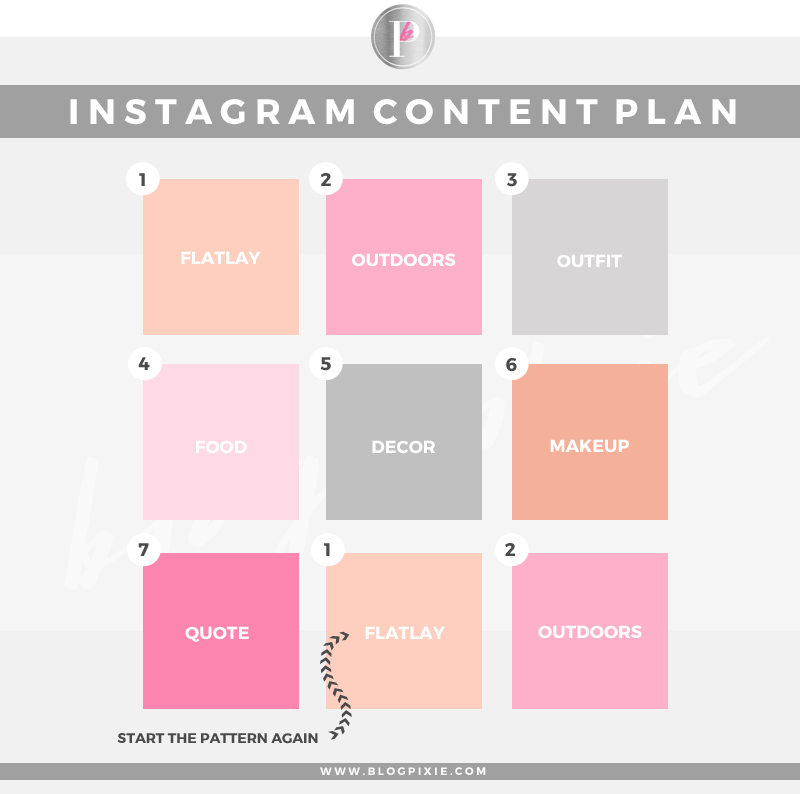 You want to stop those scrolling thumbs in their tracks!
You want to stop those scrolling thumbs in their tracks!
Netflix does a great job of hyping up releases by sharing teaser videos a few days before they drop:
View this post on Instagram
A post shared by Netflix US (@netflix)
Cause campaign
Younger consumers (like the ones who dominate Instagram) care more about than just what a company sells. Generation Z and Millennials are most likely to make decisions based on personal, social, or environmental values.
A cause campaign is a way to champion your brand values and connect with a conscientious audience. For instance, you could promote an awareness day or event or partner with a charitable organization.
Outerwear brand Patagonia often shares campaign posts directed at preserving large areas of land.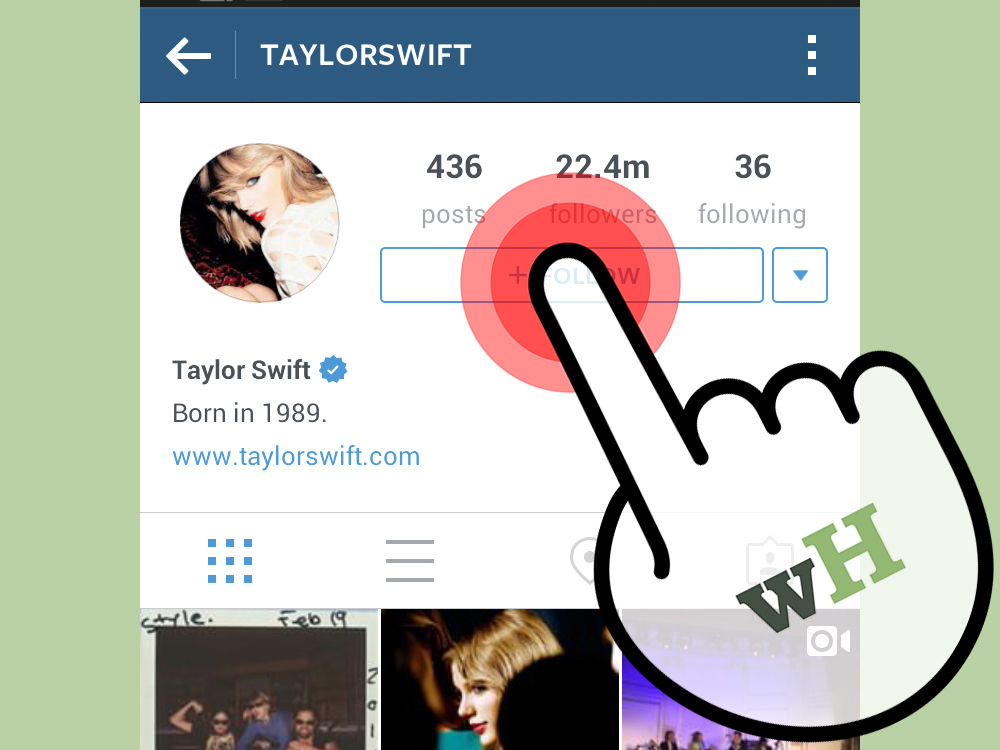 This campaign post spreads awareness of the fight to preserve Vjosa as a national park in Albania. They use a carousel post to share several facts about the area and the support they’ve already received. There’s also a link in their bio to sign the petition:
This campaign post spreads awareness of the fight to preserve Vjosa as a national park in Albania. They use a carousel post to share several facts about the area and the support they’ve already received. There’s also a link in their bio to sign the petition:
View this post on Instagram
A post shared by Patagonia (@patagonia)
Contest campaign
Instagram contests usually involve a brand giving away a free product to followers at random. They’re hugely effective at driving engagement — who doesn’t want to win something?
You can set rules for entry that support your campaign goals. For example, asking users to tag a friend to enter is an opportunity to reach new followers.
Here’s how dairy-free ice cream brand Halo Top set up their contest. Notice how they clearly set out their giveaway entry requirements and explain what the prize is:
View this post on Instagram
A post shared by Halo Top Australia (@halotopau)
Engagement campaign
Instagram has much higher engagement rates than other social media platforms. In fact, the average Facebook post engagement rate is only 0.07% compared to Instagram’s higher average engagement rate of 1.94%.
Engagement campaigns motivate users to interact with your content. You’ll measure engagement by tracking these metrics:
- Likes
- Comments
- Shares
- Saves
- Profile visits
To better engage your audience, check your Instagram Insights and see which content inspires the most engagement.
Creating memorable engagement campaigns might look like this:
- Adding Instagram Stories Stickers to inspire replies and DMs
- Creating savable content
- Adding calls-to-action to the end of your captions
- Experimenting with different post types and formats
Pro tip: Publish carousel posts to get more audience engagement. The average engagement rate for carousel posts is 3.15% –– higher than the 1.94% average for all post types.
The average engagement rate for carousel posts is 3.15% –– higher than the 1.94% average for all post types.
To create something worthy of saving, try teaching users something new. This could be a recipe, styling guidance, or a new exercise routine. Etsy often shares home styling tips in an easy to view carousel format:
View this post on Instagram
A post shared by etsy (@etsy)
Sales or promotion campaign
If you want to increase conversions, run a sales or promotion Instagram campaign.
The key to a successful campaign is to make sure your audience is ready to buy. It’s best to run sales and promotions campaigns after you’ve built a loyal and engaged following through other campaigns.
Usually, brands use this kind of campaign to:
- Promote a flash sale or discount codes
- Boost visibility for an existing product
Here’s an example of how fitness brand Onnit promotes its sales on Instagram:
View this post on Instagram
A post shared by Onnit (@onnit)
26% of Instagram users say they use the platform for finding products to purchase. Plus, 44% of people use Instagram to shop weekly. Create an Instagram Shop so you can share shoppable posts that make it easier for users to purchase your products.
To boost product sales, consider using these Instagram features:
- Instagram Collections – Curate collections that show new arrivals, trends, gifts, and promotions.
- Instagram Shopfront – Let people buy your goods directly from the Instagram app with the platform’s ecommerce features.
- Product tags – Make posts shoppable with Product Tags that show product prices and details and let users add them to their cart easily.
The Poster Club creates shoppable posts so users can easily browse their current art collection:
View this post on Instagram
A post shared by The Poster Club (@theposterclub)
Pro tip: Run a flash sale using a promo code that’s only applicable for a short time. Short-term discounts are a powerful way to drive pre-sales before a product launch or shift inventory to make way for new items.
User-generated content (UGC) campaign
In user-generated content (UGC) campaigns, you ask people to share posts featuring your products and use a specific hashtag.
A UGC campaign promotes awareness of your brand through the hashtag and (bonus) provides you with fresh content to publish. Users are often motivated to participate in the hope that brands will repost their photos.
Sportswear brand Lululemon encourages users to share images of them wearing Lululemon clothing with the #thesweatlife. The brand then shares some of these images with its four million followers: https://www.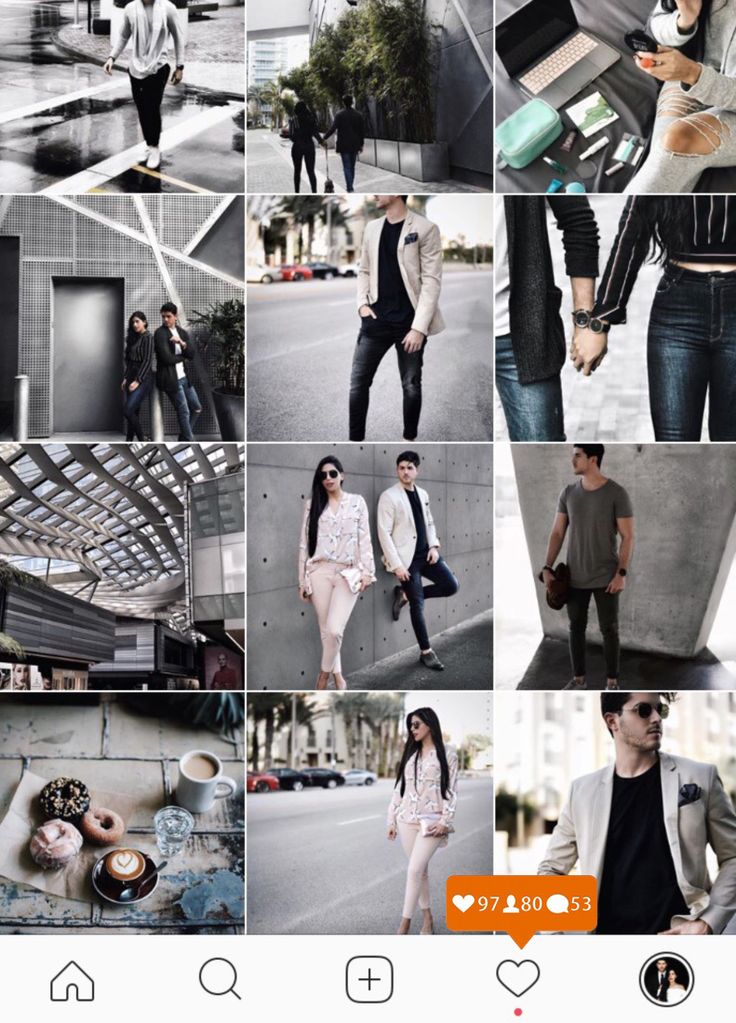 instagram.com/p/CbQCwfgNooc/
instagram.com/p/CbQCwfgNooc/
Dog toy brand Barkbox often shares images featuring their customers’ four-legged friends:
View this post on Instagram
A post shared by BarkBox (@barkbox)
Influencer campaign
Once you’ve created eye-catching Instagram content, you’ll want as many people to see it as possible. A great way to reach more users is to work with influencers in your niche. 34% of users aged 16-24 (Gen Z) follow influencers on social media, so it’s definitely worth trying if younger generations are your target audience.
Usually, in Instagram influencer marketing, you find relevant bloggers, photographers, or other creators with a large follower count.
Pro tip: Make sure any influencer you collaborate with has high engagement rates. Sometimes influencers with fewer followers but higher engagement rates will be a better fit for your brand.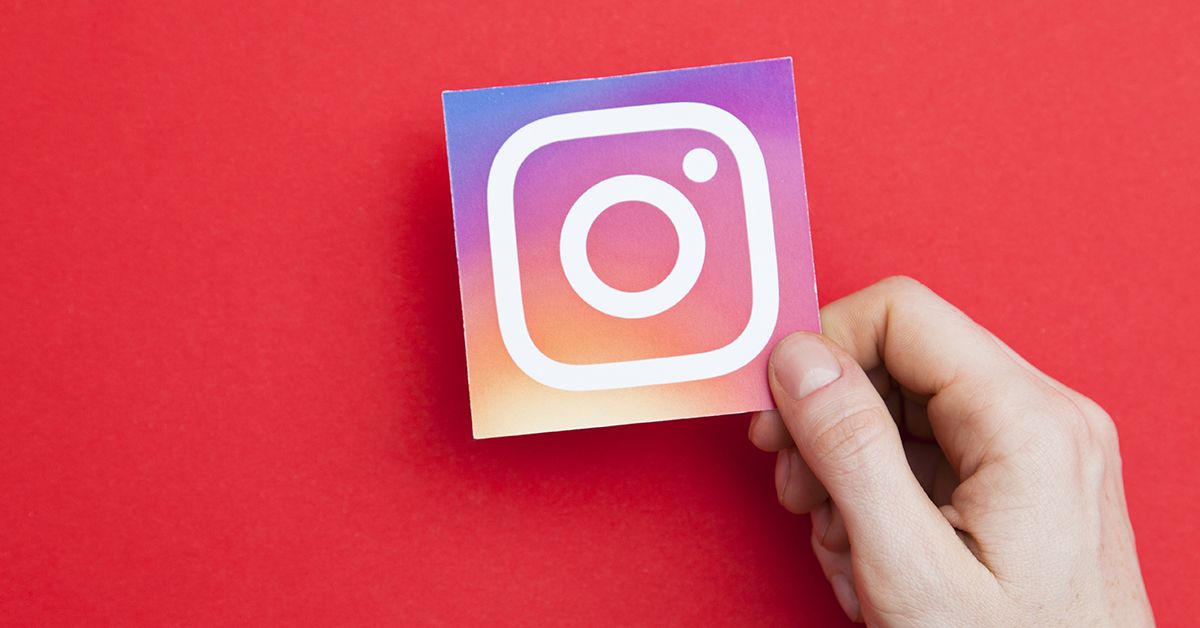
One way to promote your campaigns is to collaborate with a few influencers and have them post about your campaign on their channels. This gives your brand exposure to their audiences.
Eyewear brand Warby Parker partners with musician Toro y Moi to promote their latest collection of glasses:
View this post on Instagram
A post shared by Warby Parker (@warbyparker)
Consider launching your campaign across Reels or Stories too. Right now, 55.4% of Influencers use Instagram Stories for sponsored campaigns.
Pro tip: Remember that posts created by influencers on behalf of your brand need to abide by FTC guidelines and be clearly labeled as ads.
Bonus: Get the Instagram advertising cheat sheet for 2022. The free resource includes key audience insights, recommended ad types, and tips for success.
Get the free cheat sheet now!
Paid Instagram campaign
Paid Instagram campaigns are posts (or Stories) that businesses pay to serve to users. If you have the budget to run Instagram ads, you should work it into your marketing strategy.
Ads on Instagram have the potential to reach 1.48 billion people, or close to 24% of the world’s population over 13. Plus, 27% of users say they find new products and brands through paid social ads.
Here’s a mouthwatering example of a paid Nespresso ad campaign created with influencer Matt Adlard:
View this post on Instagram
A post shared by Matt Adlard (@mattadlard)
Ad costs vary depending on a few factors like:
- Industry competitiveness
- Your targeting
- Time of year (ad costs go up during holiday shopping seasons)
- Placement
Depending on your content and goal, you can choose from several different advertising formats:
- Image ads
- Stories ads
- Video ads
- Carousel ads
- Collection ads
- Explore ads
- IGTV ads
- Shopping ads
- Reels ads
The wide range of ad formats means you can choose the best type that matches your campaign goals.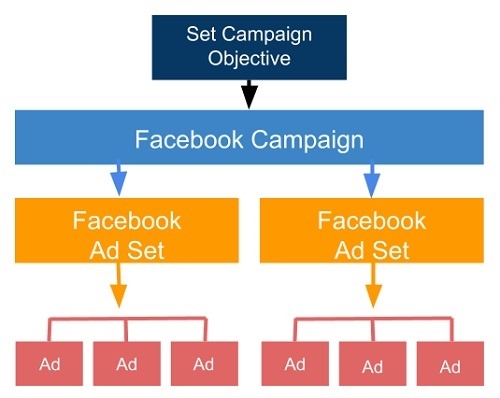 Your campaign goal could be increasing conversions, sign-ups, app installations, or overall engagement.
Your campaign goal could be increasing conversions, sign-ups, app installations, or overall engagement.
Instagram ad campaigns also allow you to use lookalike audiences to target users who look like your customers. Just upload a custom audience and set targeting parameters at the ad set level. Your ads will appear in front of users that the algorithm thinks could become potential customers. (Learn more about advertising on Facebook and Instagram in our complete guide)
8 tips for creating successful Instagram marketing campaigns
Now you know the major types of Instagram campaigns available. But, before you jump into creation mode, we’ve got eight tips for creating successful campaigns on Instagram.
Set SMART goals
Whenever you set goals for your next Instagram marketing campaign, follow the SMART goals framework.
“SMART” stands for specific, measurable, attainable, realistic, and time-based goals.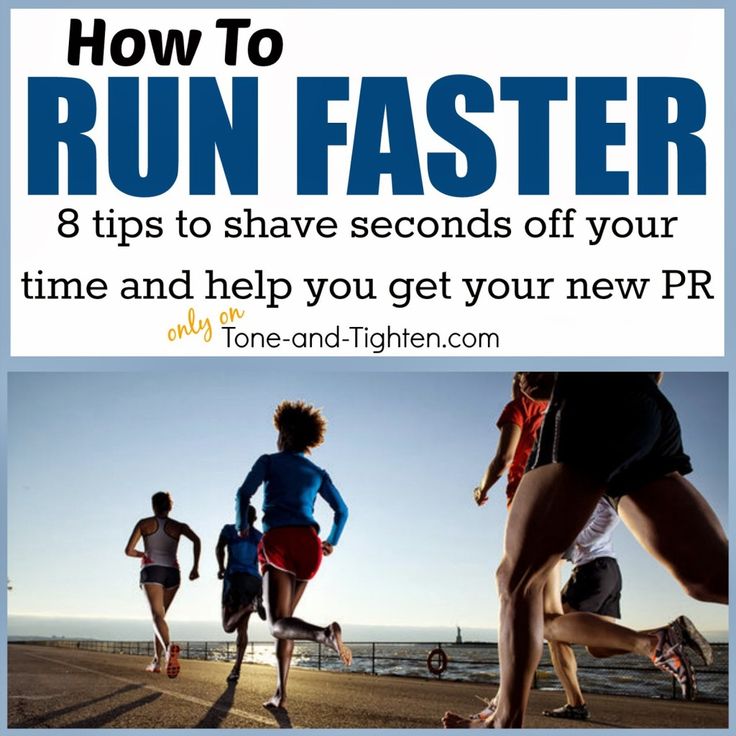
For instance, let’s say you want to run a campaign to increase Instagram followers. Break that goal down into:
- Specific: Who do you want to reach? What do you want them to do? Be precise in your targets.
- Measurable: How will you know if you’re successful? Establish a baseline for your current followers and engagement so you can track growth.
- Attainable: Is your goal realistic? Can it be measured accurately? Goals should take hard work to achieve, but they shouldn’t be out of reach.
- Realistic: Base goals on your budget, the current rate of growth, and the duration of the campaign. Do your research, and don’t make a wild plan to go from 100 followers to 10,000 in two weeks.
- Time-based: The duration of your campaign should be based on your goal and the amount of time you think you’ll need to achieve it. Don’t set an arbitrary limit of one week if your goals are ambitious, but don’t make it so long that you lose steam.
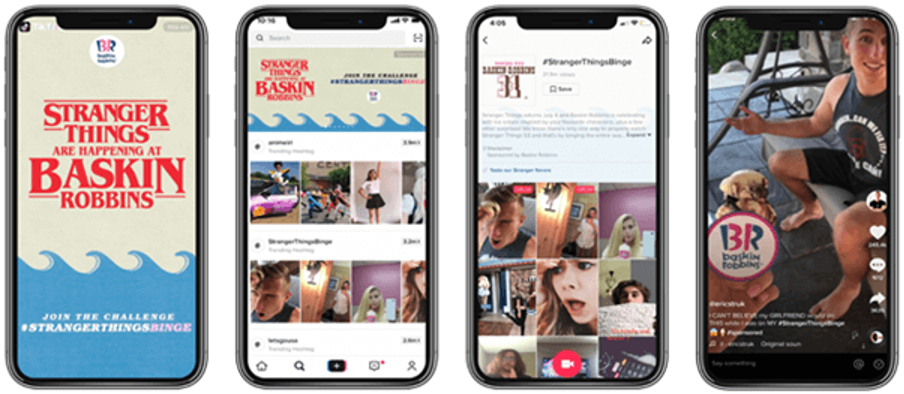
Plan your campaign content
Next, plan out each of your campaign posts. Create a content calendar of all the posts and Stories you’ll share each day. If you’re reaching out to influencers, ask them to post on a particular day that makes sense according to your calendar.
Each post should make sense on its own while still reinforcing the campaign’s overall message.
Always build a solid plan before you launch. That way, it will be easier to maintain a high level of quality and creativity throughout.
Here’s how to create a content calendar in under eight minutes:
Use Reels and Stories
If you’re only posting images on the Instagram feed, you’re missing out! 58% of users say they’re more interested in a brand after seeing it in a Story. Plus, brand Stories have an 86% completion rate.
Plus, brand Stories have an 86% completion rate.
Stories can complement your posts, or they can be standalone campaigns. You can also curate a series of Instagram Stories as saved highlights that appear below your bio. Then, when a user visits your profile, they can see all of your saved highlights in one place.
DIY brand Brit + Co organizes their highlighted Stories into categories like Shop, Home, and podcasts:
Source: @britandco
Try experimenting with Instagram Reels, too — they’re a content format that lets you create and share short engaging videos. Unlike Instagram Stories, they don’t disappear after 24 hours.
Handbag brand Anima Iris shares engaging Reels created by the founder that shine a light on the creation process:
View this post on Instagram
A post shared by ANIMA IRIS (@anima.
iris)
Stick to your brand aesthetic
Your campaign should always align with your brand’s overall look and feel. Stick to the same color scheme and branding throughout your content. Then, when your campaign pops up in a crowded feed, people can tell that it’s from your brand.
Alo Yoga maintains a consistent look and feel across its feed which helps make the brand more recognizable:
Source: @Aloyoga
Define your brand’s voice too. All your copy should tie in with your visuals and create a strong brand image overall.
Consider creating a style guide for everyone who works on your Instagram account so they know how things should look.
Track metrics that matter
Before you even launch your Instagram campaign, you should identify the key metrics that you’ll be using to evaluate your success (that’s the M in your SMART goals).
These will vary depending on the objectives of your campaign. For example, in an awareness campaign, you’ll want to pay attention to audience growth, reach, impressions, and engagement rate.
There are a ton of metrics you can track on social media, and some analytics are unique to Instagram.
Depending on the type of campaign (like a sale or a product launch), you may want to track metrics outside the platform. Trackable links or promo codes can help here.
Always establish a baseline. That way, you can accurately measure the impact of your campaign.
Set realistic ad campaign budgets
In a perfect world, we’d all have unlimited campaign budgets, but sadly, that’s not usually the case. So it’s important to create an ad budget in advance and stick to it.
First, decide if you’re going to pay for cost per mille (CPM) — that’s the cost for every thousand impressions your ad generates. CPM campaigns can help drive awareness since they’re more about visibility and less about action.
You can also structure your campaign around cost per click (CPC) — a set price for every click your ad generates. CPC campaigns can help you ensure you’re paying for actions, not just views.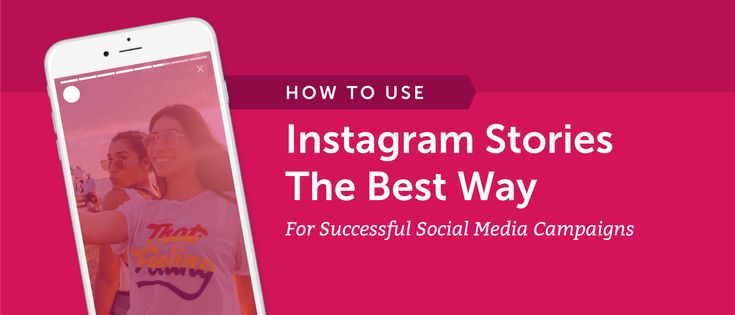
The exact cost will depend on several factors.
You’ll also need to consider your ad creation and production costs. For example, how much will it cost to shoot your product? How much does your chosen influencer charge per post?
Think about your call-to-action
As you build your campaign, think about what you want people to do after seeing your campaign. Do you want them to view a product page on your website or sign up for a free trial? Maybe you want them to save your post for later.
Insert a clear CTA at the end of your campaign to make sure people follow the path you’ve laid out for them. Then, if you want them to buy your product or learn more about your brand, it should be easy for them to do so.
For example, fashion brand Missguided asks users to comment on their favorite image:
View this post on Instagram
A post shared by MISSGUIDED ⚡️ (@missguided)
If you’re running a paid ad campaign, use one of Instagram’s CTA buttons to help users take the next steps.
Schedule your Instagram posts in advance
Scheduling your Instagram posts saves you hours and ensures that no one forgets to post at the right time. You may want to schedule some or all of your posts weekly, monthly, or quarterly.
First, find out when is the right time to post content for your Instagram audience. If you’re using Hootsuite, the Best Time to Publish feature shows you your best time to post on Instagram based on your posts from the past 30 days. You can also use the platform to edit images to the right dimensions and write your caption.
Here’s how to schedule Instagram posts and Stories using Hootsuite:
5 Instagram campaign examples
Not sure how to get started? Here are five examples of the best Instagram social media campaigns.
Teach users how to do something like The Inkey List
Skincare brand The Inkey List shares educational step-by-step tutorial Reels. In this one, they show their audience how to take better care of their skin.
Each Reel is short, easy to follow, and features actionable steps.
The Reels also feature their own products, helping build awareness of their offering. After watching the Reel, users have not only learned how to care for their skin, but they might be tempted to buy the brand’s products.
View this post on Instagram
A post shared by The INKEY List (@theinkeylist)
Build trust by sharing social proof like Califia Farms
Plant-based milk brand Califia Farms shares glowing reviews to highlight its customers’ love for the product. They layer the review onto a funky background to make the post extra eye-catching.
They layer the review onto a funky background to make the post extra eye-catching.
View this post on Instagram
A post shared by Califia Farms (@califiafarms)
Social proof is a powerful way of encouraging consumers to trust your brand.
After all, if other people love your product, why wouldn’t they? Encourage customers to leave reviews so you can turn them into compelling Instagram content.
Connect with your audience by sharing your story like Omsom
Food brand Omsom humanizes its brand by sharing its story. In this short Reel, the founder shares their brand values and what’s most important to them.
View this post on Instagram
A post shared by Omsom (@omsom)
The brand seems more relatable and authentic by opening up to its audience.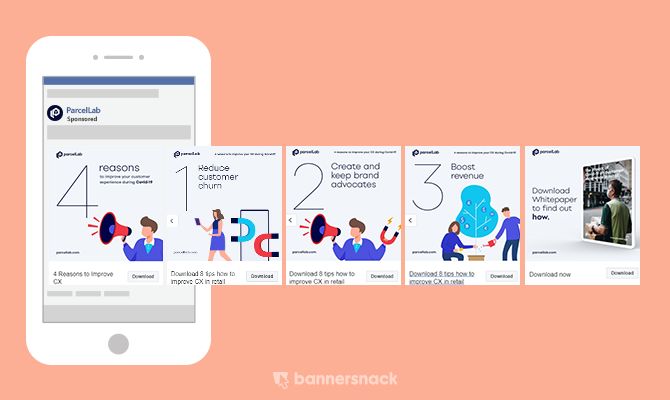 When people connect with your values, they’ll be more likely to trust your offering and make a purchase.
When people connect with your values, they’ll be more likely to trust your offering and make a purchase.
Tap into seasonal shopping like Teleport Watches
If you’re thinking of offering sales promos throughout the year, don’t miss out important holiday shopping dates. Instead, let all your followers know about the deals you’re running and for how long.
View this post on Instagram
A post shared by Teleport Watches (@teleportwatches)
Teleport Watches shares a single image post to tell users what exactly they’re offering for Black Friday. Everything is clearly laid out, and customers are clear on the terms and conditions.
Share some valuable tips like The Broke Black Girl
Sometimes, the best way to engage your audience is to share some tips that add value to their lives.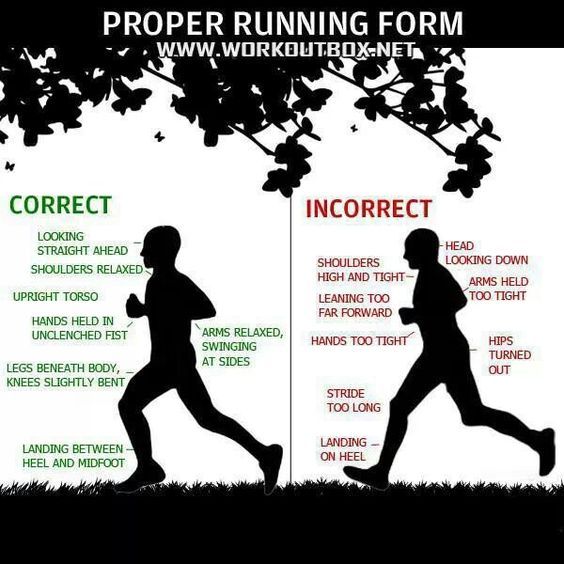 Financial activist The Broke Black Girl posts actionable tips to help users improve their financial habits.
Financial activist The Broke Black Girl posts actionable tips to help users improve their financial habits.
View this post on Instagram
A post shared by Dasha | Financial Activist (@thebrokeblackgirl)
While the image is a quick summary for time-pressed users, people interested in learning more can dig into the details in her caption.
Use Hootsuite to schedule Instagram posts at the best time, respond to comments, track competitors, and measure performance—all from the same dashboard you use to manage your other social networks. Start your free trial today.
Get Started
Easily track Instagram analytics and generate reports with Hootsuite. Save time and get results.
Try it for Free
A step-by-step guide to launching ads on Instagram for beginners
Meta Platforms Inc.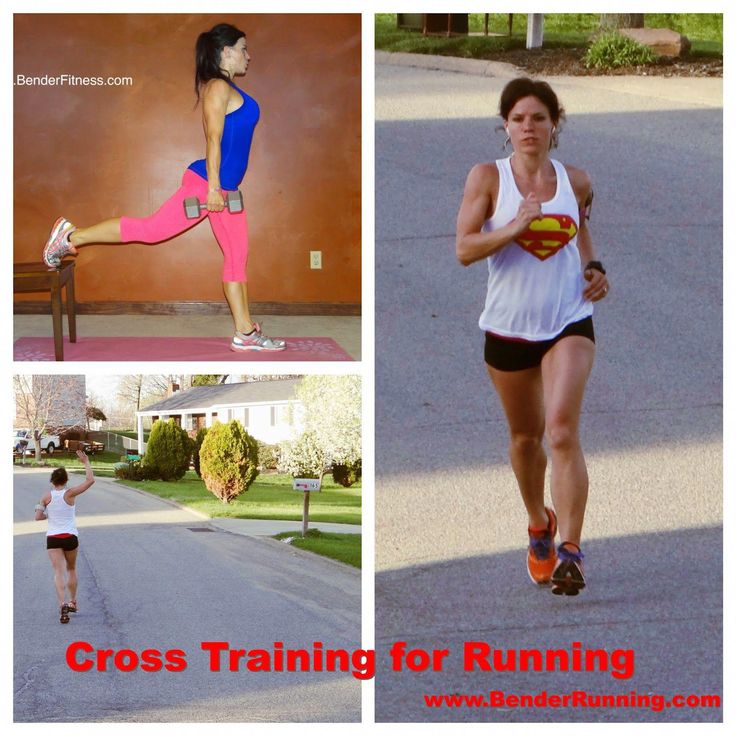 , which owns the social networks Facebook and Instagram, was recognized as an extremist organization by a court decision dated March 21, 2022, and its activities in Russia are prohibited.
, which owns the social networks Facebook and Instagram, was recognized as an extremist organization by a court decision dated March 21, 2022, and its activities in Russia are prohibited.
Instagram is one of the most popular social networks. As of April 2020, Mediascope estimates its monthly audience in Russia at 61 million people, 28 million of which check the feed daily. This is the fourth most popular social network, users spend an average of 30 minutes a day on it. nine0003
72% of users have an average or higher income level, 10.5% work in managerial positions. Instagram ads are the right tool to tell these people about your products and services.
WEB-Index Mediascope about the audience of Instagram
Instagram belongs to Facebook, so you can run ads here in two ways: through the Facebook advertising account and through the Instagram application itself. If you run ads through the Facebook advertising account, then you will have access to all the features of this tool: retargeting pixel, dynamic creatives, detailed statistics.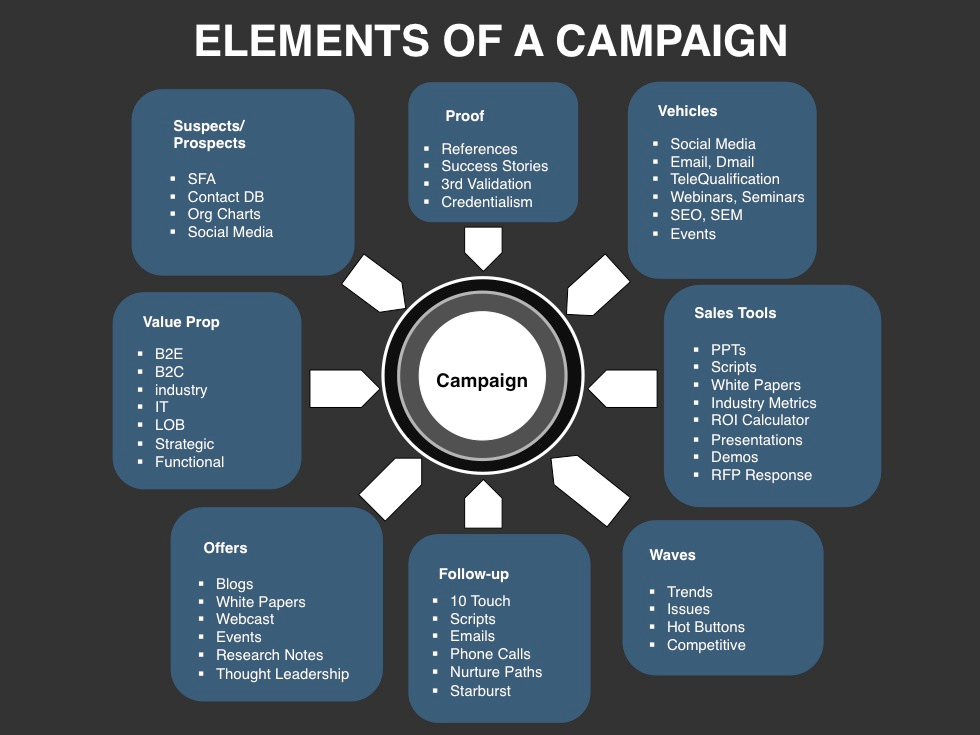 When launched through the application, there are fewer opportunities, but the interface is simpler and it will be faster to launch ads. In this guide, we'll take a look at both tools. nine0011
When launched through the application, there are fewer opportunities, but the interface is simpler and it will be faster to launch ads. In this guide, we'll take a look at both tools. nine0011
Content:
Preparation
How advertising works on Instagram
Recording Account
We Connect the Business Profile
We execute the Account
We run the advertising through the Instagram
Weem, we post the history
Moving the history of
Facebook
Creating a campaign and choosing a goal
Setting up an ad group
Making an ad
Subtleties of advertising on Instagram
We will summarize
Read also:
Promotion on Instagram independently
Full guide on how promotion works on Instagram
| Read |
Advertising on Instagram is targeted. This means that you describe the target audience - its interests, geography of residence, demographic characteristics - and the social network looks for such and users and shows ads to them, and not to everyone in a row. nine0003
This means that you describe the target audience - its interests, geography of residence, demographic characteristics - and the social network looks for such and users and shows ads to them, and not to everyone in a row. nine0003
We have a step-by-step guide to working with Instagram for business. Let's recap the key steps you need to take to get your account ready to run ads.
Registering an account
If you plan to launch advertising through your Facebook account, then you may not need an Instagram account - a company page on Facebook is enough. But if you want to communicate with users directly on Instagram and show them more information about the company and products, then register an account for this. nine0017
You can create an account through an application on a smartphone or in a browser on a laptop or computer. To do this, you need mail, phone or Facebook account.
Registering an account in the app
If you don’t have the Instagram app on your smartphone yet, download it from the store:
Instagram on Google Play
Instagram on the App Store
to which you want to link your account.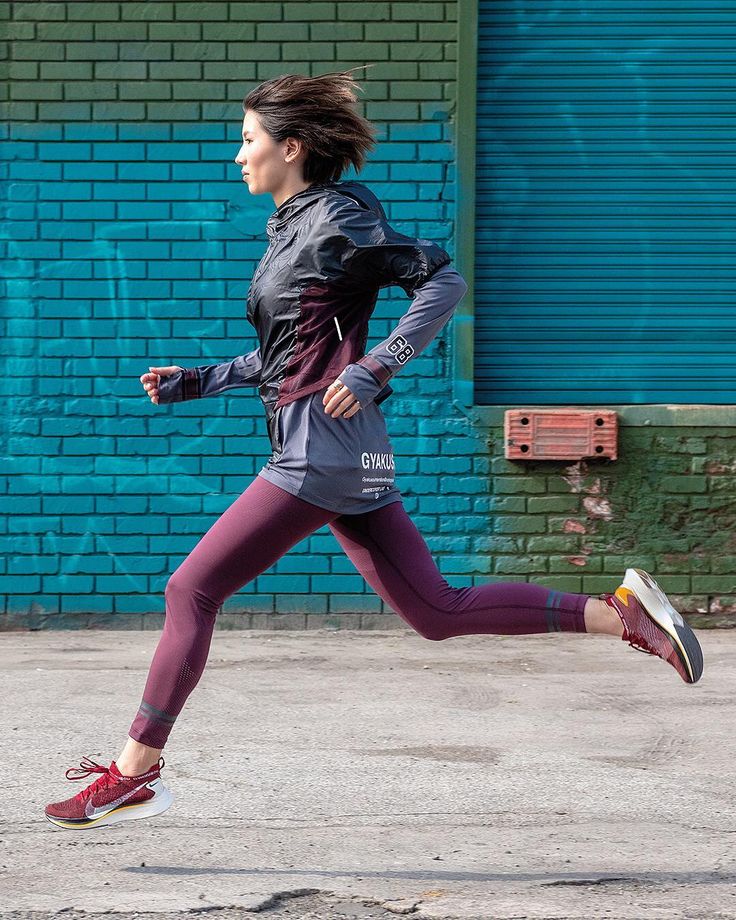 Enter the verification code, create a password, and enter your date of birth. nine0003
Enter the verification code, create a password, and enter your date of birth. nine0003
Registering an account in the browser
Open the registration page in the browser. You can log in to the social network with your Facebook account or create a new one. To do this, enter your phone number or email address, create a username and password. On the next screen, enter your date of birth, then the confirmation code that you will receive by mail or SMS.
The easiest way to use Instagram is from a mobile device, so we recommend downloading the app anyway.
Connecting business profile
A business profile is a commercial Instagram account linked to a company's Facebook page. It differs from the usual one in a set of additional features:
- You can view statistics of publications and stories, detailed information on account subscribers: their geography and demographics, the number of subscriptions and unsubscriptions for the last week.
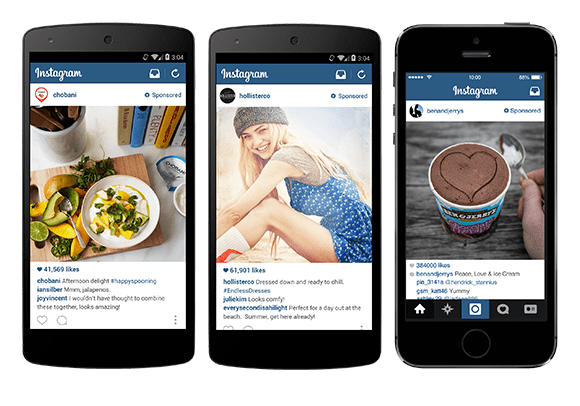
- You can add information about the company: opening hours, address, phone number.
- You can add a button for communication: when you click on it, the user will see your mail or be able to call immediately. nine0091
Compare how a regular profile and a business profile look from the side of the account owner:
Regular profile
Business profile
To connect a business profile, go to the profile through the mobile application, this is the right icon in the bottom row → click on burger menu in the upper right corner → "Settings" → "Account" → "Switch to professional account".
Instagram will clarify which category you belong to: "Author" or "Business". The first option is suitable if you are a blogger and develop a personal brand. If you have a company or a store, use the second one. nine0003
Specify which category your goods and services belong to, specify contact information. Then link your Facebook account and specify the business page that your Instagram profile will be linked to. If there is none, you can create it here.
Then link your Facebook account and specify the business page that your Instagram profile will be linked to. If there is none, you can create it here.
Filling the business page will not affect the operation of the advertisement. It is worth paying attention to two points:
- When creating a page on Facebook, indicate the correct category of your business, Instagram will use it for the business profile. nine0091
- If you run ads through your Facebook account without an Instagram account, the system will use the cover and title of this business page in the feed, so it's better to choose a good avatar and name.
Creating and filling an account
Account name, avatar, name and description
Advertising can also be launched from an empty profile, but if the user becomes interested in the ad and opens a page with nothing on it, he may lose interest and leave. Therefore, we recommend filling in information about yourself - adding an avatar, name and profile description. nine0003
nine0003
Pay attention to the avatar and title - this is what the user will immediately see in the feed of publications and stories. We recommend choosing those that will reflect the essence of your business, while being quite simple. For example:
Choose a suitable name - it will be displayed in the search under the account name. The name can contain up to 30 characters. It is worth adding keywords here: occupation, niche, geography and other characteristics that do not duplicate the account name. For example, “Land Law Lawyer” or “Fast Flower Delivery in St. Petersburg”. nine0003
Add a description for the account, it can be up to 150 characters long. Tell us what you do, add information about promotions and special offers, if necessary, indicate the hours of operation or the exact address.
A good description will help develop both the business account and the individual author. The account of the Keep Looking network is displayed one of the first on the request "Beauty salon".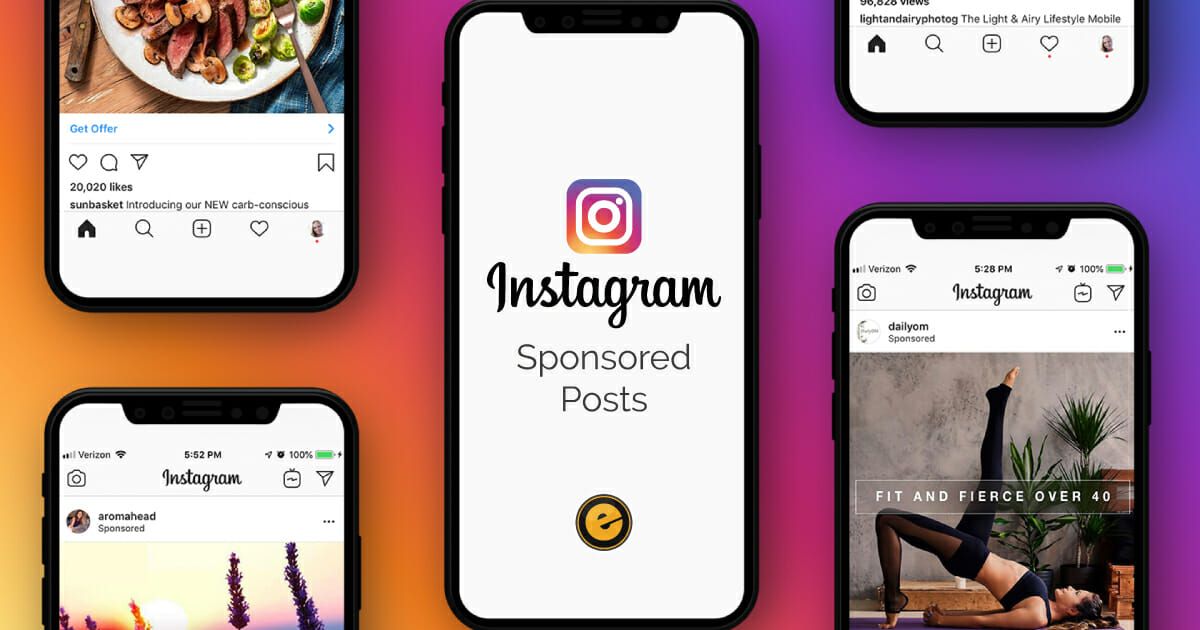 And the founder of the Generation Z online school develops a personal brand and tells why it is worth subscribing to.
And the founder of the Generation Z online school develops a personal brand and tells why it is worth subscribing to.
First publications
If you have a new account, before launching an advertising campaign, place posts on a couple of scrolls with detailed information about goods or services, delivery terms, prices, and benefits. Show the product from different angles, share customer reviews.
These publications are needed to convince the user who went to your profile from advertising to buy your product, sign up for a service or order a service. So pay attention to the images, videos, and text you will be using. nine0003
In addition to posts, you can also post several stories at once and add them to Highlights, a feed of saved stories. Stories can be divided into groups, for example: product information, delivery information, reviews. Or a separate group for each category of goods or services.
For most products and services, it's worth keeping in mind that the easier it is for a user to get additional information about your offer, the better the ad is likely to work.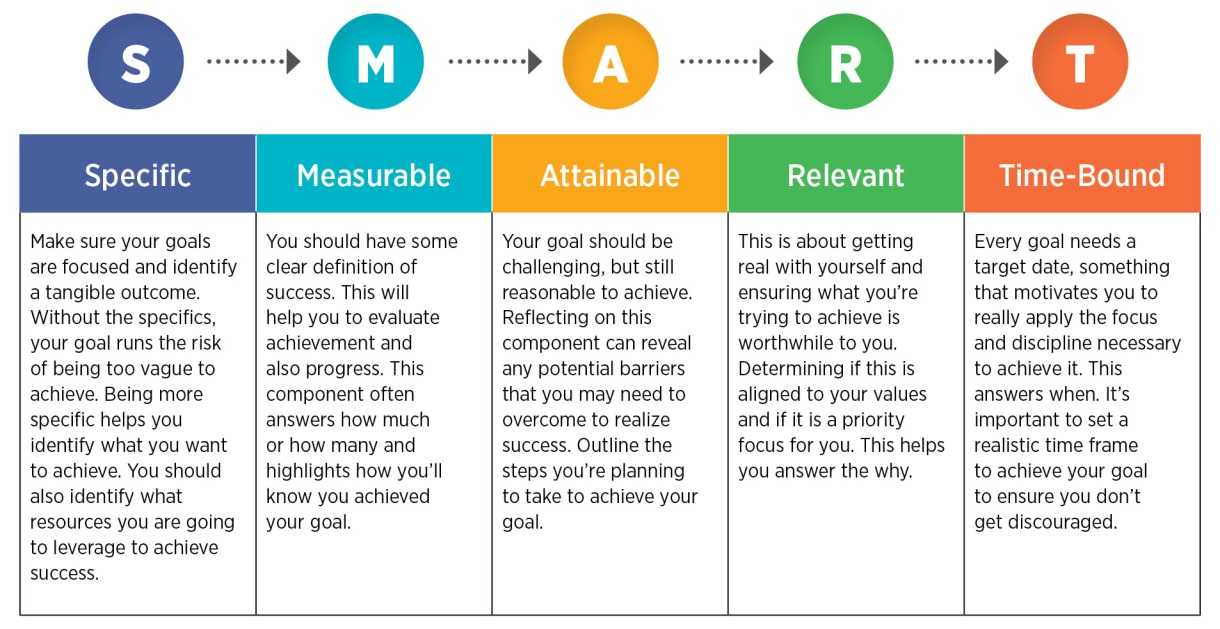 The design of the profile in this regard works like a good landing page design - it does not convince by itself, but helps the visitor make a decision in your favor. nine0003
The design of the profile in this regard works like a good landing page design - it does not convince by itself, but helps the visitor make a decision in your favor. nine0003
If you have a physical product, like Dodo Pizza or Boca furniture studio, tell us about it in the feed. If you have services, share cases, work principles or stories of employees like the Huge agency:
Dodo pizza feed
Boca furniture studio feed
Huge agency posts feed
As a result, you have an account with a suitable name, name and description, contacts are filled in, there are first publications and saved stories - it is easy for potential customers to understand what you offer and whether they are interested in it. Great, you are ready to start advertising. nine0003
Running ads through the Instagram app
If you have connected a business profile, you can run ads directly from the app on your smartphone. It’s convenient — it’s just a few clicks before the ad starts. On the other hand, there are fewer options available than when working with the Facebook account.
On the other hand, there are fewer options available than when working with the Facebook account.
You can only promote posts and stories through the app that you already have in your account. So first post all the content you plan to promote. Please note that you can't promote IGTV posts right now. nine0003
Promoting the publication
Destination
Open the publication that we will use in advertising and click "Promote". If you are running ads for the first time, the application will tell you more about where you can send traffic: to your profile, to a website, or directly to direct. The first option is suitable if you want to attract new subscribers. The second is if you are promoting the site. The third is if you want to immediately engage the audience in communication, for example, so that they request a catalog. nine0003
Ivan's is an online course for students and recent graduates. On his Instagram account, he publishes useful materials on the subject of the course: potential students sign up, get acquainted with free materials, gain confidence and then pay for the course.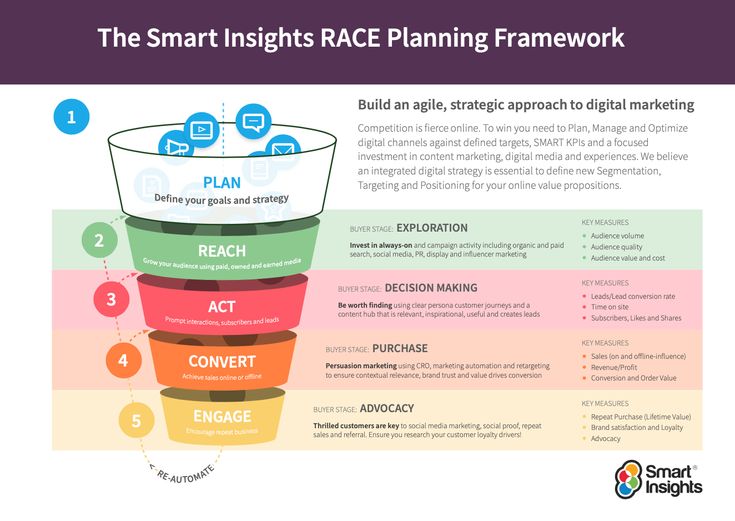 The account has both native posts with tips and life hacks and commercial posts promoting products.
The account has both native posts with tips and life hacks and commercial posts promoting products.
Ivan connected a business profile and filled in the feed:
On the one hand, advertising on Instagram for Ivan is an account development tool. So when promoting native publications, he specifies the profile as the destination: users see useful content and subscribe to the account. On the other hand, it is a source of traffic to the site. So in commercial publications, he sends customers to a landing page: users see an interesting offer and go to the site. nine0003
If you select a website as a destination, the application will pull up the address specified in the profile settings. Here you can also edit the call to action if you are sending traffic to the site. By default, it is "Details", you can choose another one, to do this, click on the small "Edit" link in the "Your site" item.
Select the appropriate text on the button and click Finish.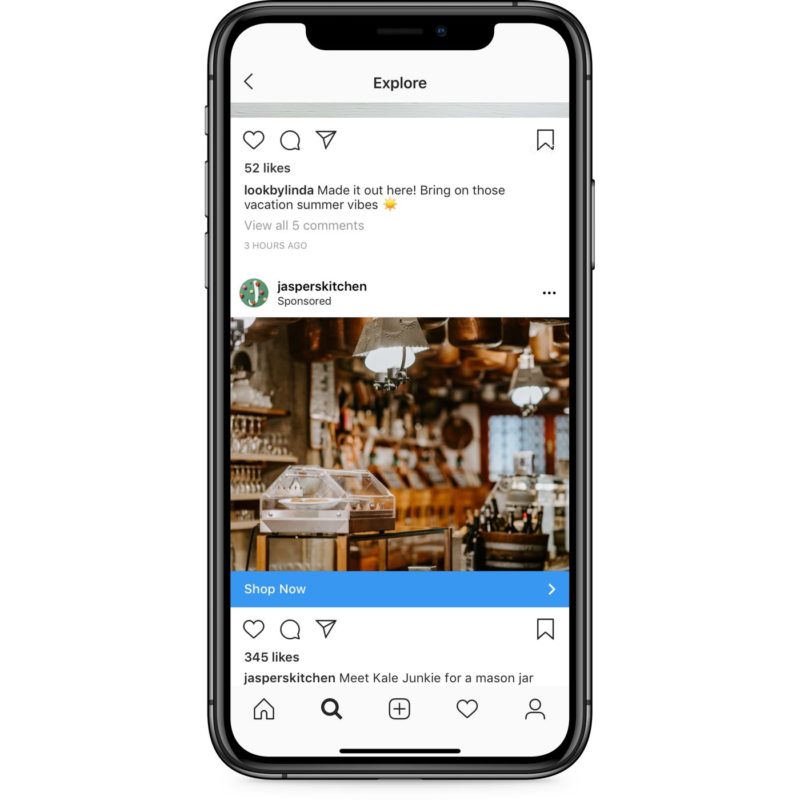 Then - "Next" in the upper right corner on the screen for choosing a destination.
Then - "Next" in the upper right corner on the screen for choosing a destination.
Room
Let's move on to setting up the audience that will see your ad. You can trust the algorithms and select the "Automatic" option, then the social network will look for users who are similar to the account's current subscribers. This is a convenient option if you have an organic and active base that is interested in your products and services - in this case, Instagram understands which users to look for.
If you don't have many followers yet, or if they follow you because of contests and not for your content, it's better to set up the audience yourself. To do this, select "Create your audience". Here you can specify the geography, interests, and demographics of your audience. nine0003
Specify the geography of potential customers in the "Locations" section. In the "Regional" tab, you can specify all the cities or countries that you plan to cover. In the "Local" tab, you can specify a specific address and the radius around it, from 1 to 30 kilometers.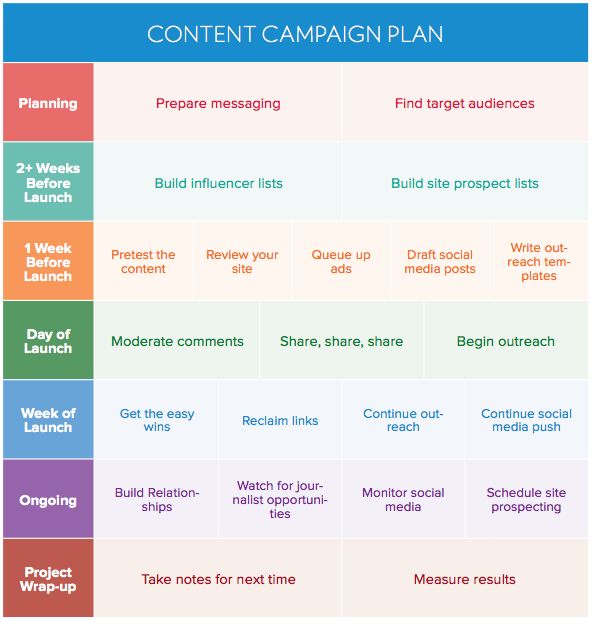 Convenient if you are looking for clients for a local business, such as a coffee shop or a beauty salon. Or if you have a limited delivery radius.
Convenient if you are looking for clients for a local business, such as a coffee shop or a beauty salon. Or if you have a limited delivery radius.
In the "Interests" section, in free form, enter the interests for which you want to reach users. For example, "travelling", "cars", "raising children". Select the appropriate item, and the system will suggest similar interests. nine0011
Specify the age range and gender of the audience. For example, ads can be shown to women between 18 and 35 or men over 30.
Sometimes Ivan publishes entries that are aimed at readers from Moscow, and sometimes at those who live in the regions. When promoting different posts, it uses different geography settings. But interests usually do not change, its subscribers are actively interested in self-development, career, business.
"Places" is a mandatory section, "Interests" is an optional section. The application will tell you how many people match this set of descriptions. If the potential audience is small - usually less than 2500 users - the system will tell you that the potential reach is too narrow. Advertising in this case may be ineffective - few people will see it. To fix this, you can expand the geography and age range, or add additional interests. nine0003
If the potential audience is small - usually less than 2500 users - the system will tell you that the potential reach is too narrow. Advertising in this case may be ineffective - few people will see it. To fix this, you can expand the geography and age range, or add additional interests. nine0003
Add a name and click "Finish" - the audience will be saved and you can use it for future campaigns.
Budget & Duration
Specify the daily budget for the campaign - from $80 to $20,000 - and the duration in days - from 1 to 30 days. low budget and short duration.
Ivan promotes each post from three to six days. He thinks so: less than three days is too short, the algorithm may not find the right audience. More than six days is a long time, the same people can come across the same post several times. And in the range from three to six, it is optimal: even if the algorithm shows campaigns to the same people, they will constantly see different content.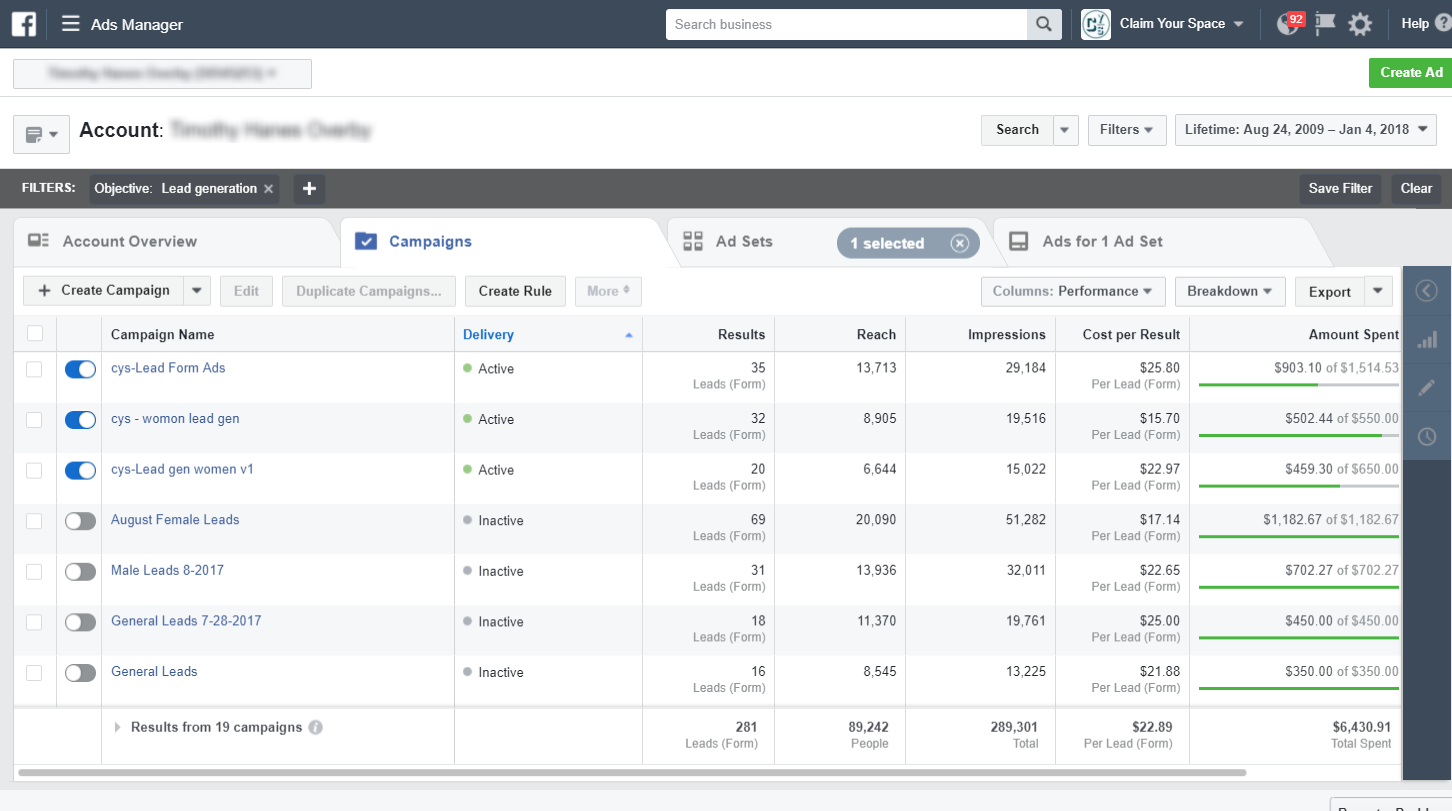 nine0003
nine0003
There are exceptions: if Ivan publishes a very important and viral post, or he announces a new product or event, then he runs the ad longer, up to 14 days. In this case, reach is important to him, and he does not worry about repeat impressions.
The campaign is ready to run. You can click "Promotion Preview" and see how users will see your ad in the feed, in stories, and in the "Interesting" section.
Add a PayPal card or account from which you will pay for advertising. Click "Payment", select a country and enter payment details. If you run ads from Russia, then keep in mind that the system will additionally charge VAT - 20% of advertising costs. That is, if the total campaign budget is 10,000 rubles, then in fact you will pay 12,000 rubles. nine0017
Click Create Promotion. The ad will go for moderation.
Promoting a story
Promoting a story works according to the same principle — select one of the published stories, indicate the platform to which we want to lead customers, describe the audience, set the budget and send it for moderation.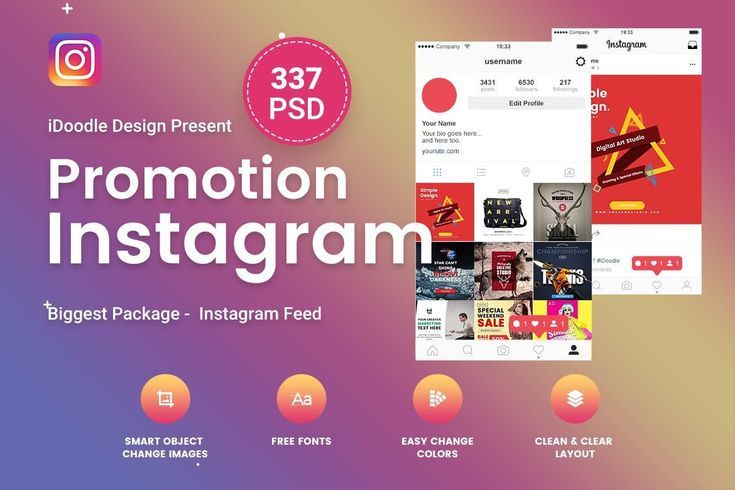
You can promote a story that you have posted within the last 24 hours, that is saved in your Instagram Highlights or is archived. Open the story, click on the three dots in the bottom right corner and click Promote. nine0003
There are several restrictions when promoting a story:
- You cannot promote stories with clickable elements: hashtags, polls, user marks.
- Stories that may violate the rights of others, such as gifs or masks from the Instagram collection, cannot be promoted.
- You can't promote stories that were published too long ago, the statute of limitations is about two years.
Tracking performance
You can track the results of your ads in the "Promotions" section of your profile page. For each promotion, the application will show the number of impressions, audience parameters, budget expenditure. nine0011
We launch advertising through the Facebook account
To launch advertising through the Facebook account, you need to set up a campaign, an ad group and the ad itself.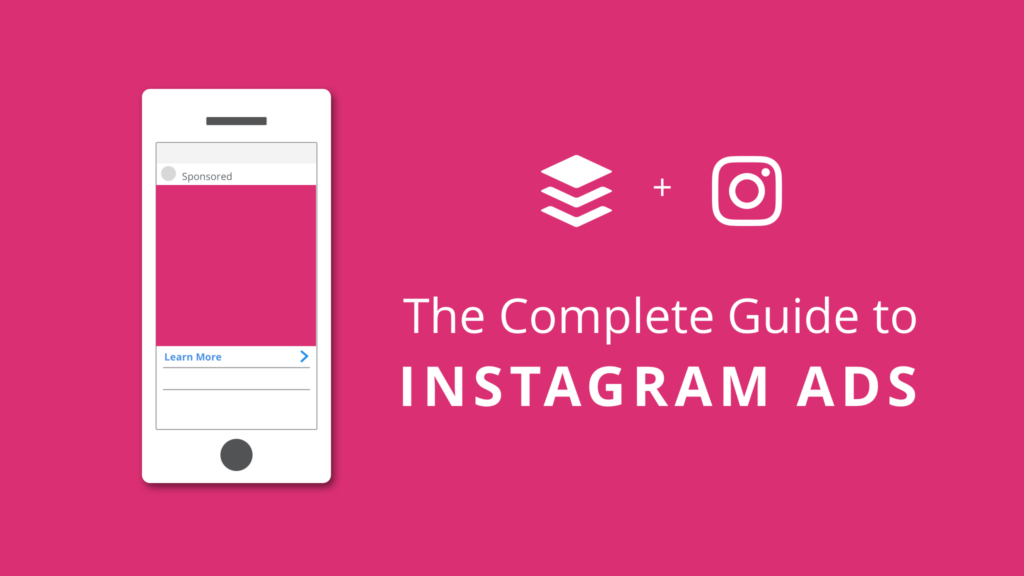 At the same time, only Instagram must be specified in the placement settings of the ad group, then ads will not be shown on other sites. Let's go in order.
At the same time, only Instagram must be specified in the placement settings of the ad group, then ads will not be shown on other sites. Let's go in order.
Read also:
A guide to launching Facebook ads for beginners
Understanding the intricacies of advertising on Facebook
| Read |
If you haven't run ads on Facebook yet, first create an account. On any social network page, click on the arrow in the top bar and go to the "Facebook Ads" section. On the new page, click "Create an ad" in the top menu and accept the non-discrimination policy. After that, the "Manage ads" item in which your account is located will become available in your menu.
Click "Create" in your advertising account. During the launch of the first advertising campaign, the social network will ask you to specify additional parameters: your country of residence and time zone, the currency in which you will pay for advertising, and details of your PayPal card or account, QIWI wallet, Yandex.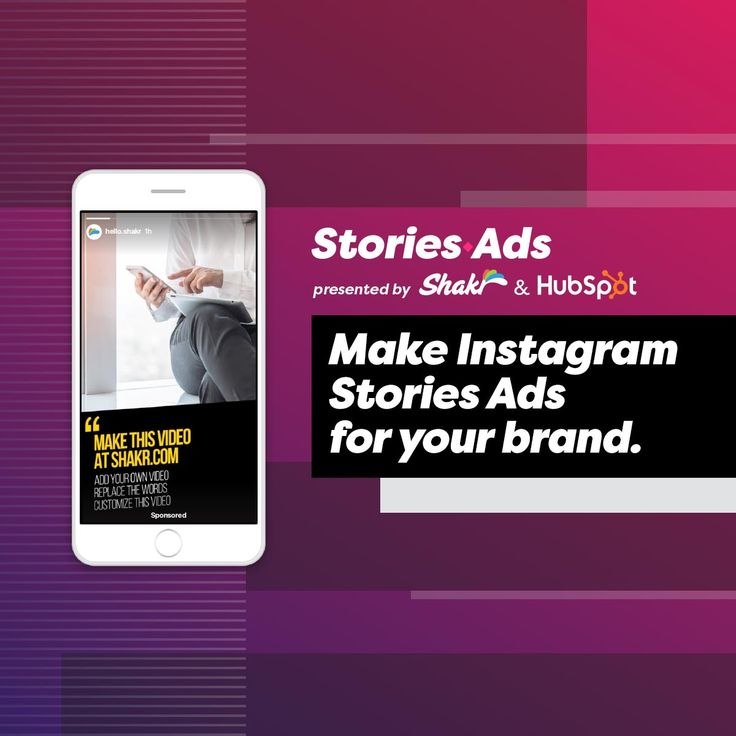 The money from which you will pay. nine0003
The money from which you will pay. nine0003
Creating a campaign and choosing a goal
The first step to launch an ad is choosing a goal. There are three categories to choose from: Awareness, Considerations, and Conversions.
Awareness is fine if you just want to talk about a new product. For example, Coca-Cola can announce a new flavor of soda in this way: they don’t so much need the user to go to the site, but so that he remembers the new label and remembers about it in the store.
"Consideration" is suitable if you want the user to become interested in the product and somehow interact with the advertisement: watch the video, go to the site, like it, install the application that you are promoting. nine0003
"Conversions" is suitable if you want users to perform a specific action on the site: register for an event, put an item in a cart, leave a request. For ads to work effectively, you will need to set up the transmission of events from your site to your ad account.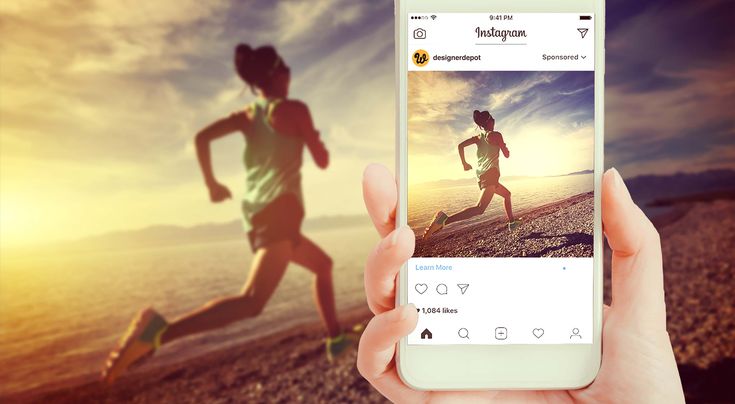
The logic of the algorithm depends on the goal you choose — which user it will show ads to. For example, if you select the "Traffic" objective, then the algorithm will show the ad to those users who are more likely to click on a button or link. It works like this: the system will show ads to the first group of users and mark those who take the desired action. And then, according to various parameters, it will look for others who are similar to them in profile and behavior and will also follow the link with a high probability. nine0003
Alexey has an online flower shop with a pickup point on Taganskaya. Instagram for him is a way to attract customers to the site, talk about products. Alex uses the "Traffic" objective to get as many clicks to the site as possible. Let's see what other settings he uses for promotion.
Add the name of the campaign. For campaigns, ad groups, and ads, it's best to use names that you can refer to in the future. If all campaigns are called "Advertising", then to find the right one and fix something in it, you will have to make a lot of clicks.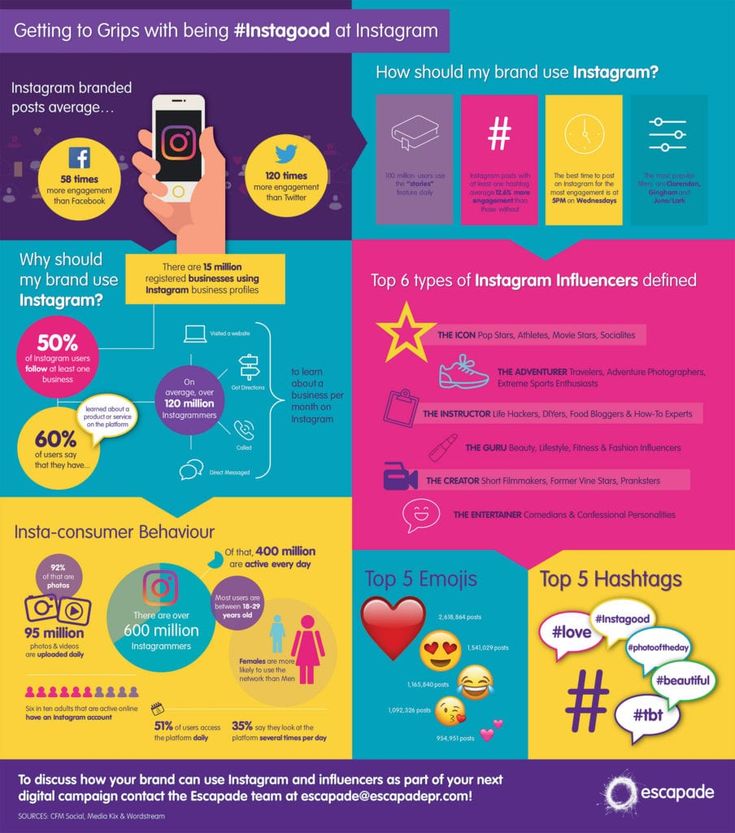 Use a clear description in the title, such as "Outreach campaign in Moscow, August" or "Traffic to the site by interests / Regions". nine0011
Use a clear description in the title, such as "Outreach campaign in Moscow, August" or "Traffic to the site by interests / Regions". nine0011
Check whether you will conduct an A/B test as part of the campaign. If yes, then you will be prompted to create different ad groups that may differ in design, placements, and audiences.
Specify how you plan to manage the budget: at the level of the entire campaign or each individual ad group in this campaign. That is, set a general limit for all groups at once, or a separate limit for each group. If you choose to optimize the budget of the entire campaign, then specify the daily or total campaign budget and the bidding strategy you want to use. nine0011
If this is your first time setting up ads, click the "Set up ad account" button. Facebook will ask you to enter your country, currency, and time zone. If you have already created advertising campaigns, click "Continue".
Set up the ad group
The next step is to set up the ad group.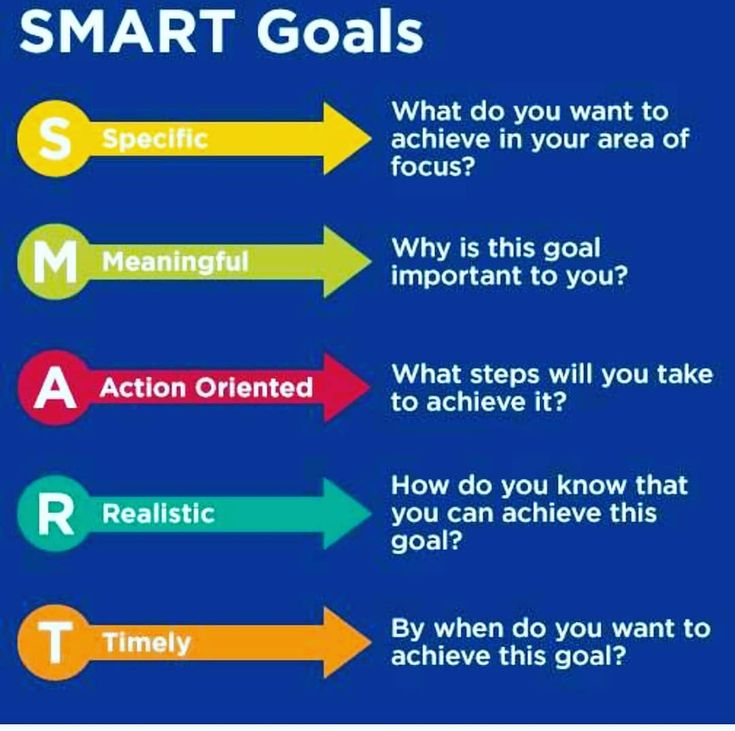 Ads in the same group will have the same audience and placements. If you want to create ads for a different audience segment, you can create a new ad set within the same campaign. For example, one ad group for school supplies might be for students and another for their parents. nine0003
Ads in the same group will have the same audience and placements. If you want to create ads for a different audience segment, you can create a new ad set within the same campaign. For example, one ad group for school supplies might be for students and another for their parents. nine0003
Enter a name for the ad group. Choose where you plan to send traffic: to a website, to an app page, or to a conversation in Messenger or WhatsApp.
You can check "Dynamic creatives" if you have multiple options for images and accompanying text. The advertising system will show users different options and determine the most effective ones.
Specify the parameters of the audience to which you want to show ads: their geo-, demographic characteristics. Click "Edit" next to "Detailed targeting" to specify additional parameters: interests, education level, marital status, devices used, and others. In the block on the right, the system will show what audience size you can potentially reach.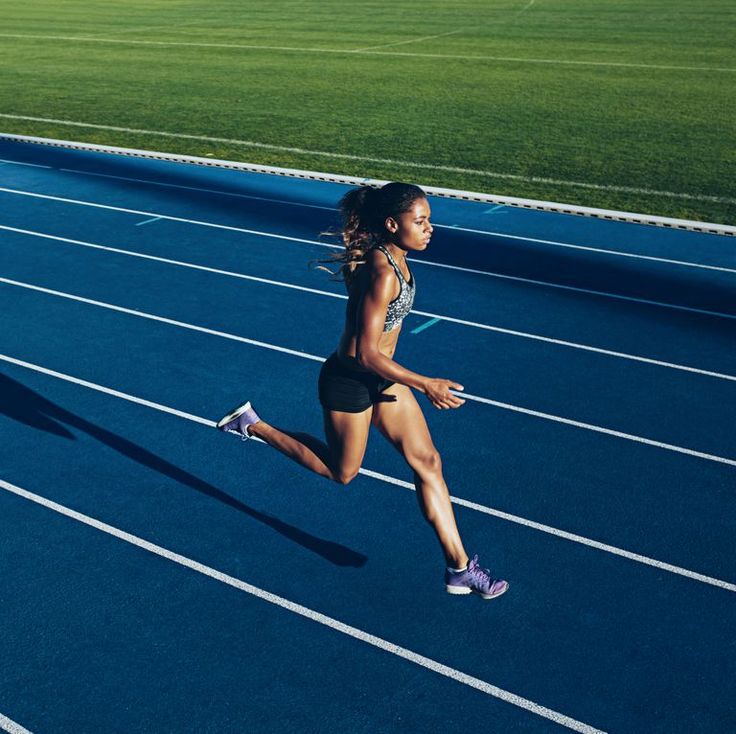 nine0003
nine0003
Aleksey knows that his main clients are women from Moscow who are already thinking about home comfort and are interested in gardening and interior design. Alex uses this information to set up audience settings.
In the "Placements" section, select the "Manually select placements" item. In the block that opens, uncheck the "Facebook", "Audience Network" and "Messenger" platforms. You can then choose where on Instagram you want your ads to appear: in the main feed, Explore feed, or Stories. nine0017
If you didn't select budget optimization at the campaign level in the previous step, in the Budget & Schedule section, specify a daily or total budget and bid strategy. For some purposes, for example, "Traffic", you can specify a control price - this is your expectation of a price per action: click, install, button click. The final cost may vary, but the system will take into account your expectations when selecting places to display your ad.
Click Continue.
Making an announcement
Enter the name of the announcement. In the "Company identification" block, select on behalf of which page you place ads. If an Instagram account is linked to this page, you can select it in the "Instagram Account" section. If not, then you can promote ads from a Facebook page.
If you have specified an Instagram account, you can select one of the existing publications in it or create a new one. If you create a new post, it will not be reflected in your account - this is convenient if you do not want to show sponsored posts in your profile feed. nine0003
You can use the "Carousel" format, which consists of several objects and captions, or "Single image or video".
Upload media objects: pictures and videos. Click "Add Media" and choose from already uploaded media or add new ones. If you plan to advertise in Stories, upload a separate image with an aspect ratio of 9:16 for this purpose.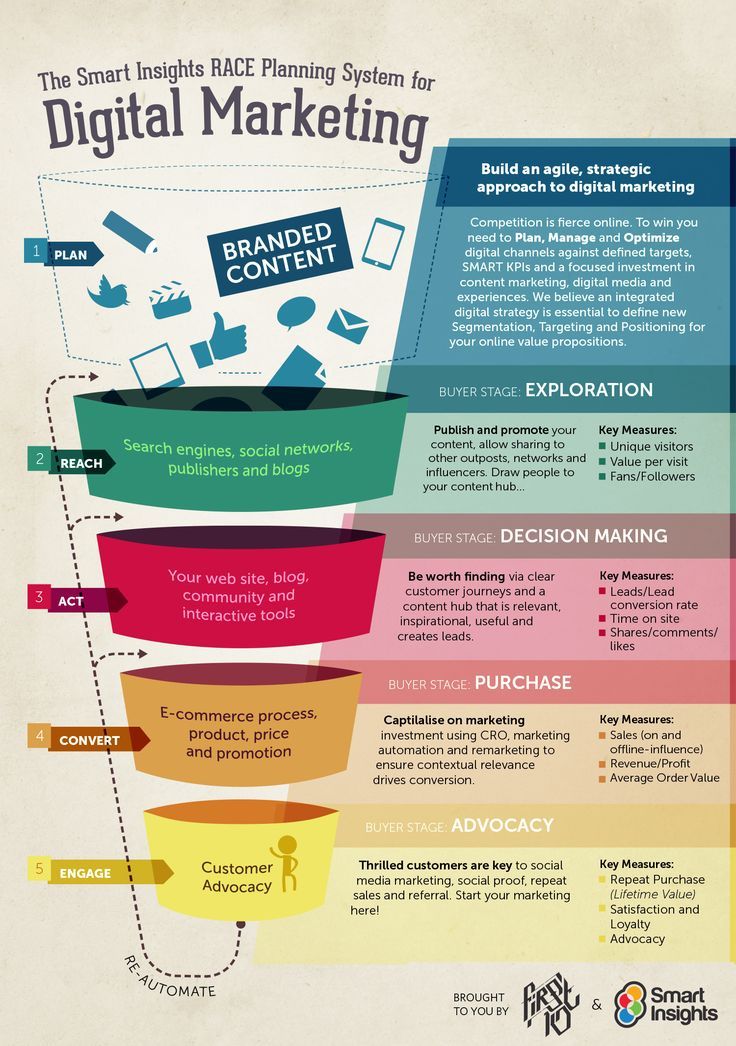
Add ad text, provide a link, select a call to action to be displayed in the ad. If you chose the Carousel format, then add them for each card. nine0003
Please note: if there are two or three cards in the gallery, the user will see all of them when advancing in stories. And if there are more cards, then the user will see the first three, and the "Open story" button will appear in the interface. A person will see the rest of the cards only if he clicks on it. The link is invisible, so some users may not see other creatives.
Aleksey uses a gallery for advertising: this way you can show more plants and some of them will surely interest a potential client. He adds a short description to each image: what kind of plant it is, who will like it, what interior it will suit. For example: “Unpretentious, but spectacular: suitable for owners who are not ready to spend a lot of time on care, but want to please the eye every day. It will fit perfectly into a bright, spacious interior.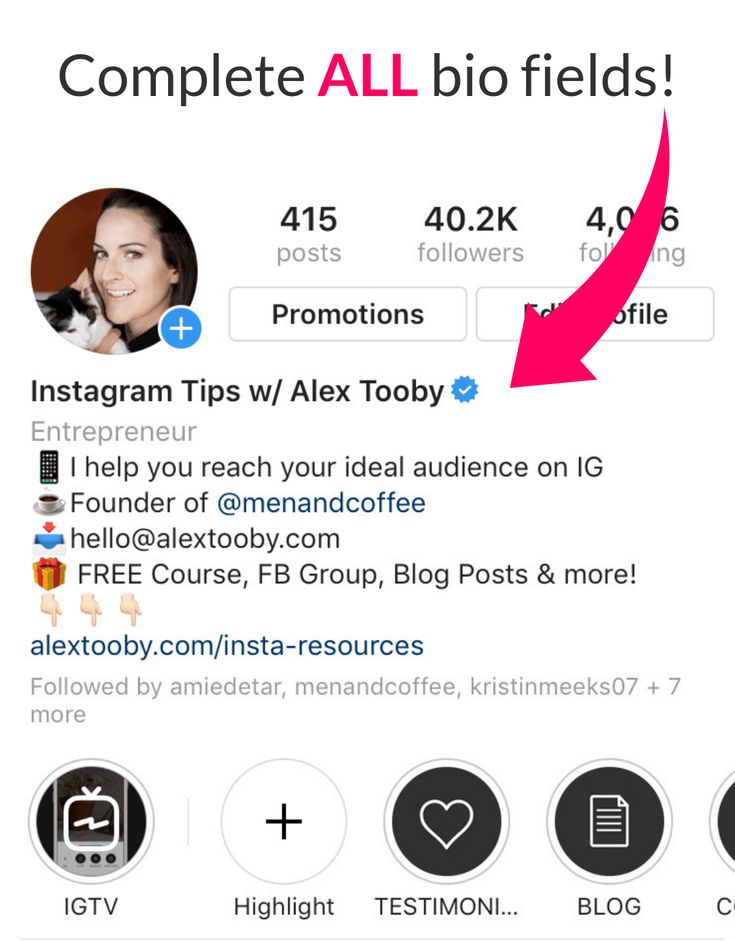 nine0003
nine0003
If you have an online store on Tilda and a product catalog is connected, you can automatically generate a gallery from it.
Select whether you want to collect information about users who see and interact with ads using the Facebook pixel.
Click Confirm. The ad will be sent for moderation.
Promotion with the help of the Facebook advertising account provides flexible opportunities for experimenting with advertising. We talked about them in a detailed guide to advertising on Facebook, pay attention to:
Pixel. It will help to save information about users who have already seen your ad and interacted with it or performed a certain action on the site.
Catalog. It will be useful if you have an online store and want to promote your products.
Dynamic creatives. The tool will be useful if you have a lot of ideas for advertising design, but you don't know which ones will work best.
The subtleties of advertising on Instagram
Advertising on Instagram must comply with the same rules as on other Facebook sites. Here are a few more recommendations that the social network gives for setting up ads. nine0003
Here are a few more recommendations that the social network gives for setting up ads. nine0003
Use a separate image format for Stories ads
Don't use the same media for feed and story ads. Prepare a separate version of the creative with a 9:16 aspect ratio and use it for ads in stories. And for the ribbon, leave the standard rectangular or square image. Please note that if you promote the gallery through the Facebook interface, then the images in the feed can only be square.
Do not overuse text on creatives
Facebook has a negative attitude towards images, more than 20% of which are text. This can lead to the fact that ads will scroll more slowly and fewer users will see them. It is better to put the text in the description, and leave the image clean.
Consider the interface
If the image has text at the very bottom or top of the screen, the interface elements will overlap it: the profile icon on the top, the call to action on the bottom. To prevent this from happening, place them at a distance of 14-15% of the height from the top and bottom edges.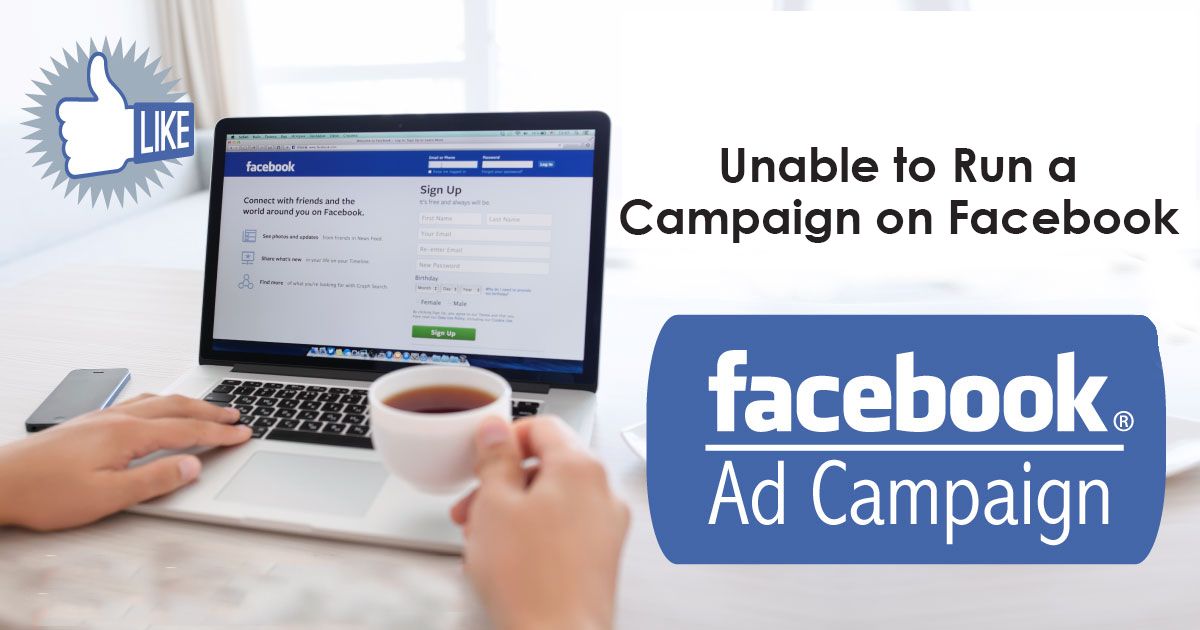 If you are using an image that is 1600 pixels tall, back off 220-250 pixels. nine0003
If you are using an image that is 1600 pixels tall, back off 220-250 pixels. nine0003
Don't forget that the user can turn off the sound
If you decide to promote the video, don't forget that the user can view it without sound. If you plan to convey important thoughts with your voice, then duplicate them with subtitles so as not to lose such users.
Check your account statistics
See which of your posts get the most engagement: likes, comments, bookmarks. It is probably worth using such recordings for advertising - they resonate most with your audience. nine0003
Promote new products, services, and offers
Instagram promotion is a way to promote an upcoming sale, new product launch, or special offer. Advertising will help convey information about the new product to an audience that may be interested in it.
Don't delay when using video in Stories
A story is only 15 seconds long - don't put off showcasing your product or brand. If you use a long introduction, then some users may simply go to the next publications and not even figure out what you offer them.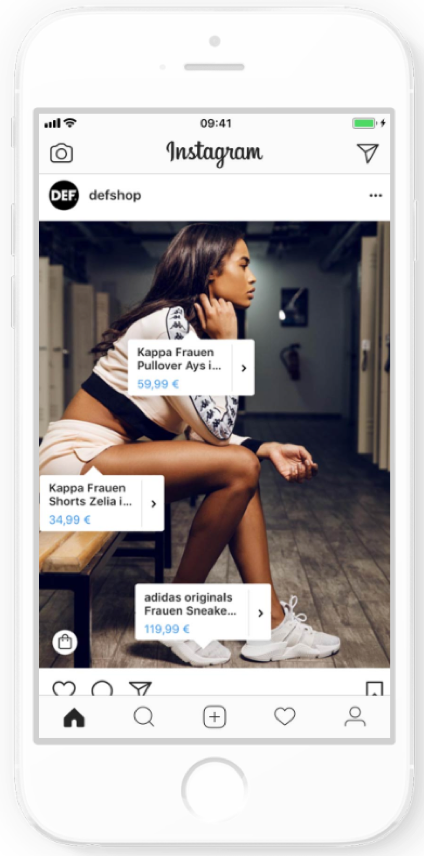 nine0003
nine0003
Show, don't tell
Show users the product in action: how other people use it, what are the non-standard uses for it, tell how you work on it. Tell a story, not just describe the benefits of a product.
Let's summarize
Advertising on Instagram can be launched in two ways: through the Facebook advertising account and directly in the Instagram application.
Prepare your account for launching ads: add an avatar, description, website link, contacts. Post several posts that will help users get to know your offer better. nine0011
Switch your account to a business profile. To do this, you need to link your Instagram profile to a Facebook page. It will take just a few clicks, but additional features will open up: you can view statistics, add information about the company, and run ads through the application.
Only posts and stories that have already been published can be promoted through the app. Choose where you want to send potential customers, describe the audience, set budget settings. nine0011
Choose where you want to send potential customers, describe the audience, set budget settings. nine0011
When launching ads through your Facebook account, you will have more options: flexible budget settings, pixel, catalog, dynamic creatives. But the launch will be more difficult.
Author: Slava Ufimtsev
Illustrations, design and layout: Julia Zass
Thank you!
See also:
A complete step-by-step guide to launching Facebook ads for beginners
A complete step-by-step guide to launching ads on VKontakte for beginners
Self-promotion on Instagram
20 online courses on web marketing
Increasing ad conversion: how to increase conversion from advertising traffic
Creating an email newsletter: how to make an email newsletter yourself
How to make an online store yourself from scratch
Instagram Business: How to Increase Sales with Your Website
7 Tips for Running Effective Campaigns
Over the past few years, social media has become a must-have advertising tool for businesses.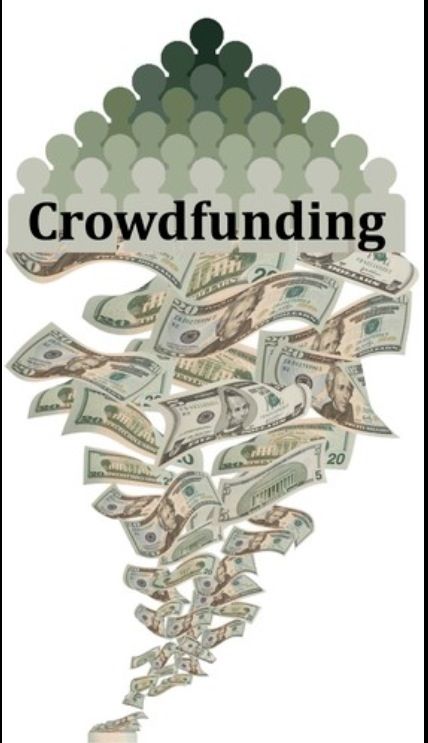 Social media spends $68 billion, and Instagram accounts for a $6.8 billion piece of the pie. Instagram has over 2 million advertisers, and if you're not already one of them, you need to fix that ASAP. Big brands are willing to give advice and share the success of their Instagram campaigns, but for small businesses, the effectiveness of Insta advertising is not always obvious. Will something work if the budget is small? Can you compete with other brands? Can multiple promotional posts have a significant impact? The answer is they can. Everyone has a chance. And the budget in this case does not play a decisive role. Today we will figure out what Instagram advertising should be like so that every advertising dollar brings results, and every ad helps to strengthen the brand image and make it recognizable to the target audience. nine0003
Social media spends $68 billion, and Instagram accounts for a $6.8 billion piece of the pie. Instagram has over 2 million advertisers, and if you're not already one of them, you need to fix that ASAP. Big brands are willing to give advice and share the success of their Instagram campaigns, but for small businesses, the effectiveness of Insta advertising is not always obvious. Will something work if the budget is small? Can you compete with other brands? Can multiple promotional posts have a significant impact? The answer is they can. Everyone has a chance. And the budget in this case does not play a decisive role. Today we will figure out what Instagram advertising should be like so that every advertising dollar brings results, and every ad helps to strengthen the brand image and make it recognizable to the target audience. nine0003
Do you need Instagram ads? Yes.
Instagram has grown so quickly from a toy to a serious platform that some businesses have not yet had time to understand its new possibilities.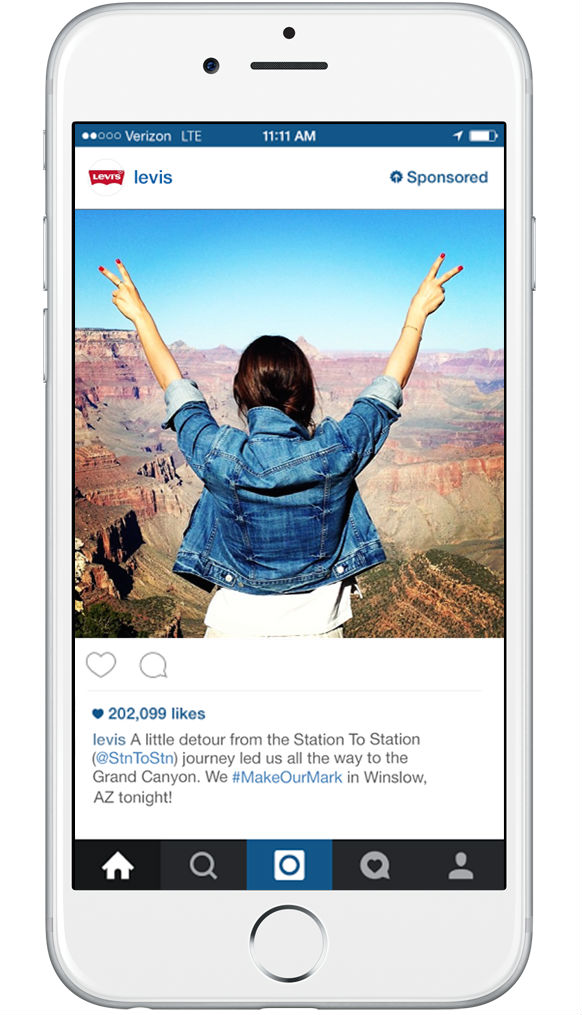 And even more so, they do not understand whether it is necessary to buy ads on Instagram. What confuses them most is that the user's attention stays inside the application and does not go beyond it. But that's just how it seems. Now advertising posts can also transfer the user to an external site - a company website or an app store - in one click. Even if the user does not go anywhere, advertising will still be effective - the audience will see your posts more often. The absolute plus of Instagram is that ads here do not look artificial. Promotional posts in the feed look quite organic, they are distinguished only by a clickable strip with a call to action. Advertising stories are also sometimes indistinguishable from organic ones. This is how promotional and regular posts look like with the same pictures. nine0003
And even more so, they do not understand whether it is necessary to buy ads on Instagram. What confuses them most is that the user's attention stays inside the application and does not go beyond it. But that's just how it seems. Now advertising posts can also transfer the user to an external site - a company website or an app store - in one click. Even if the user does not go anywhere, advertising will still be effective - the audience will see your posts more often. The absolute plus of Instagram is that ads here do not look artificial. Promotional posts in the feed look quite organic, they are distinguished only by a clickable strip with a call to action. Advertising stories are also sometimes indistinguishable from organic ones. This is how promotional and regular posts look like with the same pictures. nine0003
Sponsored posts are distinguished by a small mark - "ads", otherwise they feel almost the same as organic ones. This helps to engage the audience gently and gently.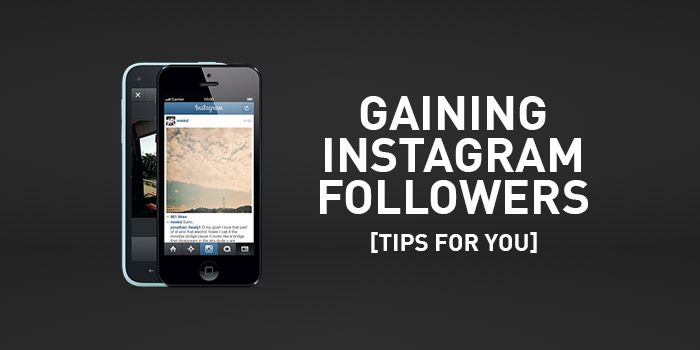
1. Define a strategy
Plan to save money. Lack of planning when launching advertising campaigns is one of the most common mistakes brands make. There is a lot of talk about advertising on Instagram, you want to try new opportunities as soon as possible, but haste and rash actions will harm your business. You don't need fast - you need good. Campaigns should have goals and a vector. You need to clearly decide what exactly you are promoting, what results you want to achieve through advertising, and how you will measure these results. Without these three elements, a coherent campaign will not work. Depending on what exactly you need - more subscribers or transitions to the site or to the store, the ad settings will be different. Set goals as clear as possible. When you know exactly where you are going and get the first results, it will be easier for you to make new advertising campaigns more effective. Properly targeted advertising can save you time, money and nerves.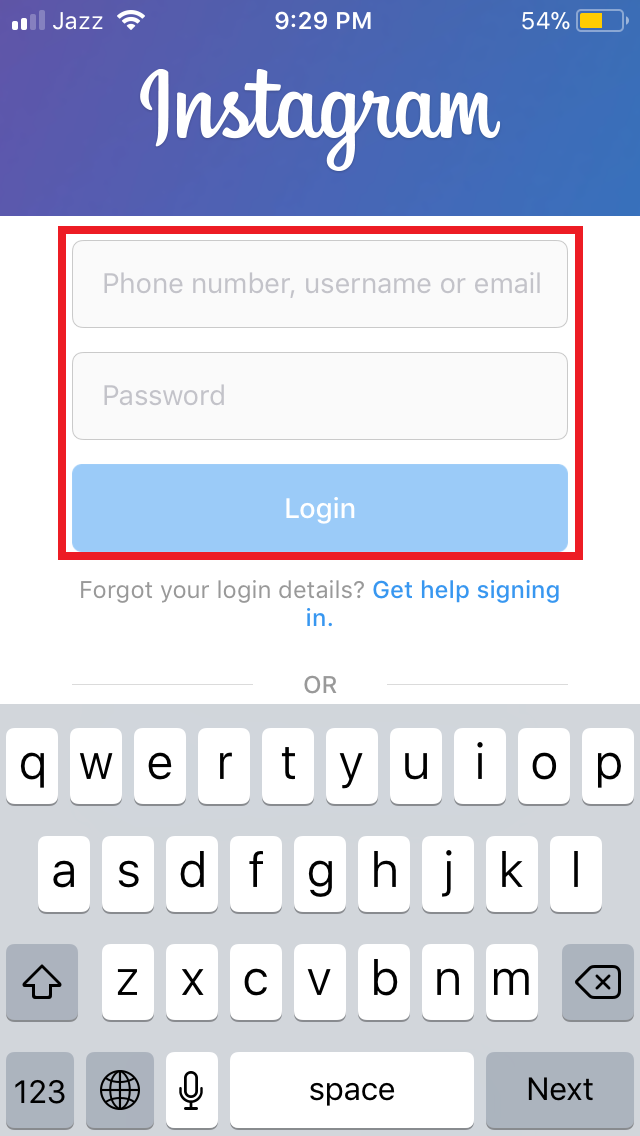 nine0003
nine0003
2. Blend in with the crowd
Native Instagram ads are better than regular ads. The more accurately it is integrated, the faster the response will be and the sooner you will get new customers. 45% of users are annoyed by advertising on social networks, and if you advertise head-on, the chances of failure are high. Think about the budget - your campaigns should return the money invested. Approach the creation of the visual part seriously and thoughtfully. Instead of explicit advertising, try making something more like regular content. Here are some examples of “non-promotional” ads from feed and stories:
3. Make a video
By 2021, 81% of the world's Internet traffic will be video, and Instagram is going to be one of the leaders in this celebration of video. In 2018, the platform launched IGTV, a built-in tool for long vertical videos, and is adding more and more options for dynamic stories. All this affects the format of advertising - in 2017, 50% of companies were going to spend more on video ads on Instagram than they already spend.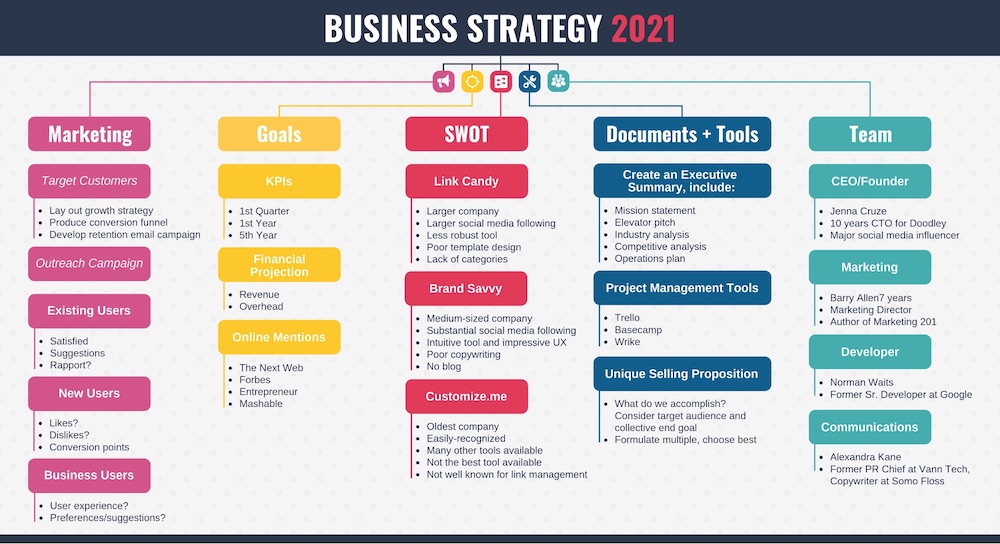 With the help of a short promotional video, you can tell a lot more than in the picture. Moreover, this format involves not only videos, but also GIFs. They can be made for your brand by a designer or by yourself - in VistaCreate, video story templates can be customized in a couple of minutes by adding your own photos, backgrounds, animated elements and inscriptions, including in Cyrillic
With the help of a short promotional video, you can tell a lot more than in the picture. Moreover, this format involves not only videos, but also GIFs. They can be made for your brand by a designer or by yourself - in VistaCreate, video story templates can be customized in a couple of minutes by adding your own photos, backgrounds, animated elements and inscriptions, including in Cyrillic
4. Set up your targeting correctly
Quick ads on Instagram are created right in the app, but it's better to use the handy Ads Manager panel — the Facebook ad cabinet. There you can carefully set up the type of advertising that you need there and make split tests to choose the best feed. The audience of the campaign on Instagram can already be selected very precisely - to target ads to subscribers or to attract new ones similar to them. It is possible to set up remarketing. The Facebook Pixel extension installed on the site notices what product the user was interested in and reminds him of this product in the feeds.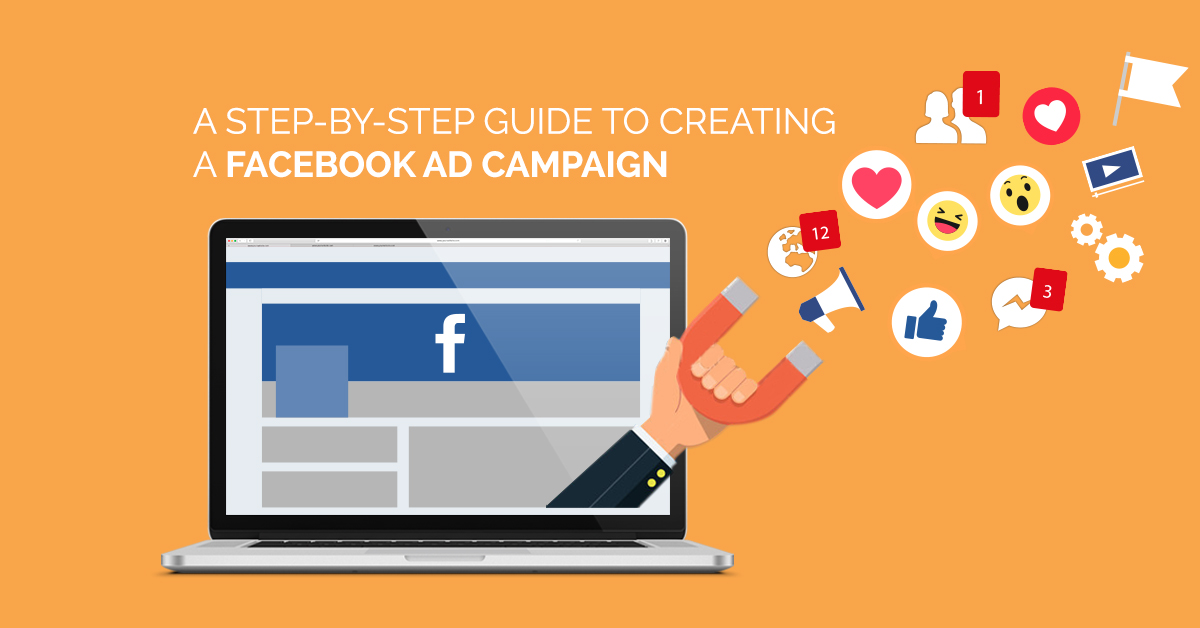 Such advertising saves the budget: since customers have already shown interest in the product, they are more likely to return. The cost per click goes down. nine0003
Such advertising saves the budget: since customers have already shown interest in the product, they are more likely to return. The cost per click goes down. nine0003
One more format will soon be added to ads in the feed and stories. Now Instagram is testing Promote for Stories, an approach that will work similar to Facebook Boost. "Boost" will promote stories in the organic queue, but this is not advertising as such, but simply a powerful "accelerator". Boost can be used directly from the application. Instagram will help you quickly decide which users to show this post in stories. The Instagram audience will be selected automatically or it will be possible to set it up - everything is traditional here. It is not yet clear when Promote on Instagram will launch globally, but sooner or later it will happen. nine0003
5. Engage
Whatever product you promote, there are users who tag your brand from time to time in their posts — photos, videos, albums, stories. User generated content (UGC) is very useful for promotion. Also, UGC is more engaging because it looks more real, honest, and non-promotional. Think about how to use this type of content in your advertising strategy. Work with influencers and regular users who might be interested in your products or services. Here are some examples of such interaction:
Also, UGC is more engaging because it looks more real, honest, and non-promotional. Think about how to use this type of content in your advertising strategy. Work with influencers and regular users who might be interested in your products or services. Here are some examples of such interaction:
Subscribers' publications Natura Siberica, IKEA, PizzaHut
6. Test everything
Strategy is good, but don't limit yourself to strict limits. Try new things and experiment. The main thing is to analyze how successful new attempts are and whether it is worth building new campaigns around them. You can launch a campaign with UGC, switch to only video with photos or only to stories, and see what happens. In the end, the main goal is to find what suits your business. Try retargeting. People who already know about your brand will react differently to ads. You may spend the same amount in the test phase, but the results of these studies will improve your campaigns in the future.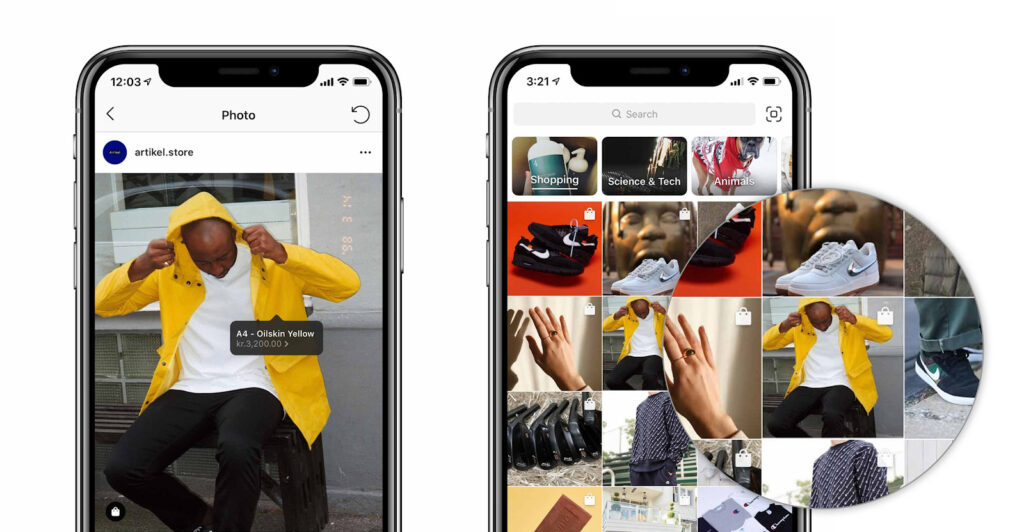 nine0003
nine0003
7. Create ads on Instagram in templates
The cost of advertising on Instagram consists of two components - the price for promoting and creating an advertising video or illustration. Not every company has a designer on their team, and sometimes (often) they really don't need one. VistaCreate will help you prepare a correct and well-designed advertising post, it has 4 content formats for Instagram: a static and animated post for the feed and a static and animated post for Stories. It usually takes 5-20 minutes to edit any of the templates - you just replace or adapt a photo or video, add captions and adjust graphic elements. VistaCreate has hundreds of templates for Instagram, see which one best suits your needs and resonates with style, and go. Check out a selection of 20 templates for ads in the Instagram feed - perhaps already there you will find something for yourself there. nine0003
Ready to start advertising on Instagram?
Here is a selection of tools to help you create an advertising campaign:
- Ads Manager
- PowerEditor
- Facebook Ads API
It's often easier and faster to run ads in the app itself.